|
In the discussion of green buildings, energy efficiency is a major topic of concern. Health and wellness of the built environment is an area that is secondary. The term Sick Building Syndrome (SBS) was first used in 1983 by the world health organization (WHO) to address the energy crisis that lead to smaller built homes and offices with recycled air and poor ventilation. Energy efficiency was the main focus, leading to application of double-glazed windows with minimal natural ventilation to retain heat. As well, increases interior decoration and modern equipment lead to indoor air pollution. Occupants became exposed to a concentrated level of air pollution “2-4 times higher than of outdoor air pollutants.” Many people who suffer from “sick building syndrome” (SBS) or “multiple chemical sensitivity” (MCS) as a result of exposure to materials commonly found in the built environment, tend to be confined to their home or are isolated in certain areas of a building due to their acute sensitivity.
With mass timber construction achieving fire ratings similar to concrete, masonry, and steel, new possibilities are on the horizon with municipalities investing in sustainable developments with timber construction. There are a few giants in the mass timber construction, however, Holz100 is the only mass timber building system that is untreated and free of glues, toxic chemicals or VOCs. Holz100 was made to accommodate individuals with environmental sensitivities. Holz100 is through and through wood – a safe material with only one ingredient that does not result in toxic waste at the end of its life cycle. Working with Holz100 has benefits for both builders and users. Multiple chemical sensitivity varies with each individual, from mild symptoms, benign reactions, to severe disability. Medical experts are divided on the reality of multiple chemical sensitivity, where known medical conditions must first be ruled out in possible cause-and-effect symptomatic procedures. A full toxicology analysis must be examined to confirm diagnosis and in the case of a single chemical exposure versus a mixture of chemicals, the latter is more difficult to assess. By minimizing toxic materials in the home and on the construction site, builders create a safer work environment with less fatigue and users are able to live uninhibited. Since people suffering from chemical sensitivity can react to the smallest amounts of chemicals, Holz100 strives to provide a building system that is breathable, safe and one that requires minimal finishing. Holz100 provides building interior spaces that require no finishing and can be left untreated. The immediate connection the user has to the space is free of glues, toxic chemicals and VOCs that tend to offgass over the life of the building post construction.
When we are able to shift the focus to building livable spaces and environments, the discussion will become all encompassing; a perspective shift towards a more sustainable economy that promotes safe and healthy building systems. We applaud public spaces that are aware of the MCS condition and make an effort to minimize the exposure of chemicals in their facilities such as the Royal Ontario Museum. Endless communication is made possible in today’s world with smart devices, cell phones, and even appliances that are all Wi-Fi enabled. The cultivation of advancement in technology means that we are constantly bombarded with exposure to radiofrequency radiation. This radiation can cause a wide variety of symptoms & health concerns; even cancer. A person spends around 90% of their lives indoors; we need to reconsider the framework of the building envelop as the primary source of protection to minimize the effects of RF radiation. Health Consequences of Radiation Exposure:
To ignore the dangerous effects of radiation and its link to technology is to be ignorant of the reality of its effect on our biology. Thoma Holz100 is a building system that was developed using innovation in engineering technology and ancient wood doweling. Harnessing the knowledge of moonwood and its benefits on the properties of wood – Holz100 provides inhabitants with a building shell that is made of pure solid wood; without glues, chemicals, or toxins. The moonwood used in Holz100 has been tested to block high frequency mobile phone radiation better than reinforced concrete, bricks or other commonly used prefabricated systems. As part of a study of the Thoma Research Center in Goldegg, more than 100 different building materials and their combinations were tested at the University of the Federal Armed Forces in Munich for their attenuation for technically generated, high-frequency waves. During the measurement, it was examined how much of the emitted power penetrates the test specimen. The result provided the best values for thick wooden walls! Damping testing values show Holz100 can offer 99.9% protective attenuation up to 60dB, at a frequency levels up to 80GHz!Contrary to expectations, the building material wood - tested in the form of non-glued, fully solid Thoma Holz100 walls - shields much better than, for example, brick variants or lightweight construction systems.
Here are the damping values of a 17.6 cm thick Thoma Holz100 wall: At 900 MHz (D-Net), only 25% penetrate through the wooden wall At 1800 MHz (E-net), 10% penetrate through the wooden wall At 4 GHz, only 1% penetrate the wooden wall Starting at 6.5 GHz, less than 1 per thousand penetrate through the wooden wall (According to measurements of the University of the Federal Armed Forces Munich, Department of Electrical Engineering, Werner-Heisenberg-Weg 39, 85577 Neubiberg, Germany) Why should I care about fire safety? Your home is more prone to fire than you think.According to NFID, there was a total of 38,844 fires in the seven jurisdictions reporting in 2014. Of the 19,062 structural fires reported in 2014, three quarters (74%) were residential fires. Consistent with the overall trend, the number of structural fires declined by 26% between 2005 and 2014. However, Over the 10-year period, residential fires consistently accounted for 6 out of every 10 structural fires, ranging from 69% in 2005 and 2006 to 75% in 2013. Although the overall number of reports have decreased, why did the proportion of residential and structural fires increase? Because newer homes burn faster: "Research shows that 30 years ago, you had about 17 minutes to escape a house fire. Today it's down to three or four minutes. The reason: Newer homes and the furniture inside them actually burn faster. A lot faster. "Among structural residential fire incidents, cooking equipment and smoker’s equipment/open flame were the two leading sources of ignition in residential fires over the 2005 to 2014 period. These two categories combined consistently accounted for about 6 in 10 of all of the residential fires." - NFID "The majority of fire-related deaths occur in structural fires. For example, in 2014, 87% of the reported fire deaths occurred as a result of structural fires. Vehicle fires accounted for 11% of reported deaths, while outdoor fires accounted for 4%." - NFID
|
| People are innately drawn towards wood. When Planet Ark presented survey participants with images of two rooms, one furnished with a wooden chair, desk, blinds and other items made from wood, while the other showed the same items made from plastic (shown on the right), two out of every three people said they preferred the wooden room. This result occurred despite one in two people saying they were completely unaware that wood had associated health benefits. The images were taken from a study by David Fell (2010), which emphasized how Canadians have similar innate attitudes towards wood as well. |
In the Air
Wood products within a room have been shown to improve indoor air quality by moderating humidity. This effect occurs due to wood absorbing and releasing moisture in order to maintain equilibrium with the surrounding air, known as the equilibrium moisture content. Wood therefore absorbs moisture from the air in humid conditions and releases moisture in dry conditions.
- . (reThink Wood, 2014).
- . (Forest Products Laboratory (U.S.), 1998)
The ability of wood to moderate humidity is a particularly important effect in workplaces. This is because productivity has been demonstrated to be reduced by an average of 12% in offices where staff are dissatisfied with the quality of the air.
- Bergs, J. Effect of healthy workplaces on well-being and productivity of office workers. in (2002).
| Table 1 (on the left) highlights the positive associations that wood induces in people, where an overwhelming 96% agreed that wood is ‘visually appealing’ and ‘has a natural look and feel’. Eight out of ten people also thought that wood is versatile, recyclable, renewable and long lasting. They appear to be less aware of the environmental benefits of wood, with only six out of ten survey participants understanding that wood stores carbon and creates less carbon emissions during production than steel and concrete. |
The positive views of wood continue even when compared to other material types (Table 2). Wood was viewed as the material that creates a natural look and feel, warm and cosy environments, is visually appealing and is nice to touch by nine out of ten people, and as being the most environmentally friendly by seven out of ten people. By comparison the second most popular material, brick, received an average of 34% less positive feedback. Plastic was seen as the cheapest material but it also scored lowest in four out of five categories related to creating pleasant surroundings and being environmentally friendly.
These survey results provide support to the empirical evidence discussed above. Even though many people don’t understand the health and wellbeing benefits of wood they instinctively react to the feelings of warmth and comfort it creates and its natural look and feel. An increasing body of research is beginning to show that being surrounded by wood at home, work or school has positive effects on the body, the brain and the environment.
Previously, we saw that the studies examining the effects of wooden rooms and furnishings clearly demonstrate that the presence of wood has positive physiological effects, lowering blood pressure, heart rate and stress responses when compared to other material types. These physiological responses are specifically controlled by the sympathetic nervous system (SNS). SNS activation occurs when the body prepares itself for stress, increasing blood pressure and heart rate, whilst inhibiting digestion, recovery and the immune system in order to deal with any immediate threats it perceives. Long term exposure to environments that induce stress can trigger serious health consequences, including obesity, type 2 diabetes and related cardiometabolic complications.
Studies also suggest that exposure to stress and stress hormones during childhood and adolescence increases the probability of individuals developing stress-related mental disorders later in life, as well as influencing the timing of puberty. Decreasing the stress of school (one of the most stressful activities in childhood) by incorporating natural wood into the classroom can therefore have significant and long lasting positive effects.
Effect of Wood on the Brain
The behaviours and health status of 44 elderly Japanese residents using wooden tables, chairs and tableware at a care home were examined and compared to residents using plastic products. The results indicated that the use of wooden products increased the number of interactions between individuals (i.e. more talkative and more willing to engage with one another), improved emotional state and expanded self-expression in a positive way.
- Anme, T. Behaviour Changes in Older Persons Caused by Using Wood Products in Assisted Living. 2, 106–109 (2012).
A Canadian study has demonstrated that the colours and texture of wood elicit feelings of ‘warmth’, ‘comfort’ and ‘relaxation’ in people, all emotions that have been shown to reduce stress, anxiety and recovery times in hospital by studies examining the influences of music, plants and therapeutic massage.
- Rice, J., Kozak, R., Meitner, M. J. & Cohen, D. H. Appearance of Wood Products and Psychological Well-Being. 38, 644–659 (2006).
- Bolwerk, C. A. L. Effects of relaxing music on state anxiety in myocardial infarction patients. 13, 63–72 (1990).
- McCaffrey, R. & Locsin, R. The effect of music listening on acute confusion and delirium in elders undergoing elective hip and knee surgery. 13, 91–96 (2004).
- Park, S.-H. & Mattson, R. H. Therapeutic influences of plants in hospital rooms on surgical recovery. 44, 102–105 (2009)
- Post-White, J. Therapeutic massage and healing touch improve symptons in cancer. 2, 332–344 (2003).
A study in New Zealand presented 69 adults with images of 10 modern corporate interiors, chosen from recently published books showcasing contemporary design. Five of the interiors featured wood significantly, whilst the other five featured no wood at all. Participants were asked to ‘identify the organisation you would most like to work for and least like to work for’, followed by selecting three adjectives from a list of to indicate their first impressions of each organisation. The presence of wood products within a corporate environment drastically influenced first impressions, with study subjects significantly more likely to want to work for organisations that featured wooden furnishings. Offices with wooden interiors also conveyed feelings of innovation, energy and comfort, whilst offices without wood conveyed feelings of being impersonal and uncomfortable.
- Ball, R. D., Killerby, S. K. & Ridoutt, B. G. First impressions of organisations and the qualities connoted by wood in interior design. 5, 30–35 (2002).
The positive psychological outcomes of people interacting with wooden products could have significant economic impacts. This is because studies have shown that social interactions that lead to opportunities for self-expression in old people reduces the risk of dementia, a disease that currently costs North America billions every year and affects 44+ million people worldwide. Shortening hospital stays through reduced recovery times will also reduce costs to the medical system, whilst improved first impressions of organisations will attract business to the North American markets.
- Dementia and memory loss statistics. (2014). at https://fightdementia.org. au/about-dementia-and-memory-loss/statistics
As you know, the Thoma Holz100 building system is 100% pure solid wood without a trace of glue, toxins, chemicals, or VOCs. From nature to your home, it is a completely unadulterated building material exclusively moonwood harvested and naturally air-dried for the highest quality of timber. It requires no additives and offers a plethora of both structural and health benefits.
So it is important to know that not only does it fulfill ideal building standards, it also brings its habitants an amazing environment of health and wellbeing. Here are three studies that prove the health benefits of wood on the body:
A Japanese study compared the initial physiological response of 14 people sitting in rooms with either wooden or steel wall paneling. The pulse and heart rate of each subject was measured every second for 20 seconds whilst facing the paneled wall covered by a curtain, followed by 90 seconds with the curtain removed and the wooden or steel panel visible. The study found that exposure to wooden panels significantly decreased the blood pressure of subjects, whilst exposure to steel panels significantly increased it.
Sakuragawa, S., Miyazaki, Y., Kaneko, T. & Makita, T. Influence of wood wall panels on physiological and psychological responses. 51, 136–140 (2005).
So it is important to know that not only does it fulfill ideal building standards, it also brings its habitants an amazing environment of health and wellbeing. Here are three studies that prove the health benefits of wood on the body:
A Japanese study compared the initial physiological response of 14 people sitting in rooms with either wooden or steel wall paneling. The pulse and heart rate of each subject was measured every second for 20 seconds whilst facing the paneled wall covered by a curtain, followed by 90 seconds with the curtain removed and the wooden or steel panel visible. The study found that exposure to wooden panels significantly decreased the blood pressure of subjects, whilst exposure to steel panels significantly increased it.
Sakuragawa, S., Miyazaki, Y., Kaneko, T. & Makita, T. Influence of wood wall panels on physiological and psychological responses. 51, 136–140 (2005).
An Austrian study examined the heart rates of 30 people who slept in a Stone Pine bed for 3 weeks and compared it to their heart rates when sleeping in a wood imitation bed for 3 weeks. Sleeping in a stone pine bed reduced heart rates by 3500 beats per day compared to when subjects were sleeping in a wood imitation bed.
(Joanneum Research Institute of Non-Invasive Diagnosis)
A yearlong Austrian study examined 36 high school students aged 13-15 years old who were taught in either a classroom furbished with floors, ceilings, cupboards and wall panels made of solid wood, or a classroom equipped with a linoleum floor, plasterboard walls and chipboard cupboards. The results showed significant differences between the two groups, with students taught in the wooden classrooms having decreased heart rates and decreased perception of stress from interactions with teachers. In contrast, students taught in the control classroom had increased heart rates and had greater stress responses.
Kelz, C. & Moser, M. . (Medical University of Graz, 2011)
Decreased blood pressure, reduced heart rates up to 3,500 beats per day, decreased perception of stress, and even more can be achieved by simply building with wood! Make your home into an oasis of health and vitality today with Thoma Holz100.
From Planet Ark's "Make It Wood"
Wood comes from trees and is a natural, renewable resource, with no two pieces being the same. Its uniqueness is due to the final appearance of wood being dependent on a number of variables, including species, geographic area where the tree grew, growth conditions, size of the tree at harvest, sawing and other manufacturing processes.
Wood is one of the oldest materials used by humans, including its use as a building material. Wooden furniture and funereal items have been found in the pyramids of Egypt and some structures built centuries ago are still standing today. These include the Horyuji temple in Japan built in 700 CE, Greensted Church in England built in 1053 CE and Westminster Hall in London built in 1399 CE.
Although wood has ancient roots and has been used in every culture in the world from before the Stone Age it is experiencing a revival in use. In part this is because of the newly discovered health and wellbeing benefits of exposure to wood, which produce similar effects to those created by spending time in nature.
Schools and offices: studying and working indoors in the absence of nature
The health and wellbeing benefits associated with spending time outside in nature are well known and have been studied extensively by the scientific community and reported by Planet Ark.
These known benefits include:
• Increased happiness and self-esteem levels
• Increased cognitive abilities
• Decreased stress response, blood pressure, pulse rates and cholesterol levels
However, increasing urbanization rates mean that people have less access to nature in their daily lives and Americans on average now spend about 90% of their time indoors. This coincides with reports of increasing levels of obesity and many experiencing a mental health condition within their lifetime. As it is not always possible to increase our time spent outside, particularly in areas like workplaces, schools and hospitals, understanding how to incorporate the physiological and psychological benefits of nature into our indoor environments is an increasingly important area of research.
Studies have demonstrated that simply having a view of nature from a window can have significant positive effects, such as shorter postoperative hospital stays, induced feelings of relaxation in patients at rehabilitation centres and improved comfort levels of employees in offices. Not surprisingly, the presence of indoor plants has also been shown to have benefits, such as improved cognitive functioning in office environments, increased tolerance of pain in hospitals, lowered blood pressure and heart rates.
Evidence-based design (EBD) is an area of study that focuses on incorporating the results of empirical research into the quality of the built environment. Originating from the field of environmental psychology, EBD works on the notion that the design of the built environment fundamentally impacts the people within it. Of particular interest are designs of physical features that can lead to stress-reduction, productivity and general wellbeing. Since evidence shows viewing nature in both outdoor and indoor settings has health and wellbeing benefits for people, it is logical to examine whether wood, a natural material, produces similar effects.
These known benefits include:
• Increased happiness and self-esteem levels
• Increased cognitive abilities
• Decreased stress response, blood pressure, pulse rates and cholesterol levels
However, increasing urbanization rates mean that people have less access to nature in their daily lives and Americans on average now spend about 90% of their time indoors. This coincides with reports of increasing levels of obesity and many experiencing a mental health condition within their lifetime. As it is not always possible to increase our time spent outside, particularly in areas like workplaces, schools and hospitals, understanding how to incorporate the physiological and psychological benefits of nature into our indoor environments is an increasingly important area of research.
Studies have demonstrated that simply having a view of nature from a window can have significant positive effects, such as shorter postoperative hospital stays, induced feelings of relaxation in patients at rehabilitation centres and improved comfort levels of employees in offices. Not surprisingly, the presence of indoor plants has also been shown to have benefits, such as improved cognitive functioning in office environments, increased tolerance of pain in hospitals, lowered blood pressure and heart rates.
Evidence-based design (EBD) is an area of study that focuses on incorporating the results of empirical research into the quality of the built environment. Originating from the field of environmental psychology, EBD works on the notion that the design of the built environment fundamentally impacts the people within it. Of particular interest are designs of physical features that can lead to stress-reduction, productivity and general wellbeing. Since evidence shows viewing nature in both outdoor and indoor settings has health and wellbeing benefits for people, it is logical to examine whether wood, a natural material, produces similar effects.
A New Age of Quality Timber Construction
The world record for thermal insulation, sixfold fire protection, highest earthquake resistance and the construction of self-sufficient houses make wood into a high-tech construction material of the future. Building on traditional wood knowledge, the company Thoma developed the unique, massive wooden house building system Holz100.
Living in a Natural Wooden House
The Holz100 house is made of 100% wood and surrounds its inhabitants with the unadulterated magic of the trees. Such houses promote health and donate life energy.
My Holz100 Home
With over 100 partners, Thoma is active in 33 countries around the world. Each house is a unique piece that is designed, manufactured and assembled for you. Get in touch with the Thoma partner in your area - Holz100 Canada Inc.
Enrich Life with Wood
Even without building a new house, you don't have to give up the blessings of wood. Natural wooden floors and wall coverings can turn your home into an oasis of vitality and health.
Construction Year:
2017
Architect: Raumzeit
About the Residence:
The house is located in one of the most attractive locations in Aarberg directly on the Hagneck Canal overlooking the Chasseral. The family house is designed for a family of four to six. The house has the living rooms on the ground floor and the bedrooms upstairs and is fully built on a basement.
The special feature of the house is that it is built in Holz100: a glue and toxin free solid wood construction. With 30 cm thick solid wood walls with a large storage mass, solid wood parquet and wooden doors, this house radiates a lot of warmth and security. Also the z. T. plastered wall surfaces were created with a natural material, a fine lime plaster.
The house is heated only with a wood stove on the ground floor and the radiant heat is distributed throughout the house.
The material and the heating provide the residents with a healthy and comfortable living environment, which is energy-saving and sustainable for future generations (circular economy).
Click to Enlarge / Show Gallery:
Noise makes you ill - when building a house, it is important to plan rest. With double-shell wall structures and adapted ceiling constructions, Holz100 offers solutions far exceeding the requirements of the sound insulation standard.
The impairment of the quality of life through noise is a disruptive factor that affects many people. Noise disturbs the well-being, the ability to concentrate and the communication. Typical consequences of continuous noise are limited performance and a higher susceptibility to disease.
In the case of a new building, considerable protection against noise pollution can already be effected in the planning phase without additional expenditure. Acoustic windows are only part of the measures. The highest degree of protection is achieved when choosing the right building fabric. Prefabricated houses in lightweight construction offer only low noise protection and brick or concrete walls are sometimes even very good (ie harmful) "sound bridges". The best solution is provided by solid wood - provided that it is processed correctly. Solid wood is the best natural sound or noise insulation.
In the past, wooden houses were considered to be clairaudient - and almost everyone can tell an amusing anecdote about thin hotel walls. Thanks to the Thoma Holz100 walls, which have been awarded numerous innovation prizes and certificates, the exact opposite can now be experienced. Wood becomes the building material for the most peaceful recreation homes. In Längenfeld / Tyrol (pictures below) is probably the quietest wooden hotel in the world - the Waldklause. Here, a sound insulation was measured, which is twice as high as the standard values of Europe demand.
The future-oriented active office building complex ARCHENEO is located on Bundesstrasse 161 between Oberndorf in Tirol and Kitzbühel. The holistically developed project has as its main objective an energy concept that is designed for the lowest consumption and also generates more energy than is consumed. This energy is sourced locally from renewable sources, combined to provide all consumers with a storage concept for peak load delivery and peak load optimization.
The supply of the commercial park completed in 2010 with a usable area of 6,500 m2 takes place with an active energy balance over the entire year. The surplus energy is used among other things for the operation of electric vehicles. The total annual energy consumption is about 209,000 kWh. The total yield is currently 226,750 kWh.
The ARCHENEO is the first energy-autonomous solid wood building with zero grams of CO2 emissions in Austria. This is achieved without loss of comfort for the users. The active house is made of native, moonwood completely ecological - without adhesives, glues or chemicals. The building is built from 36.4 cm thick Thoma Holz100 elements and grows again in Austria's forests in 42 minutes. The project makes a valuable contribution to raising awareness of the changeable and ever-renewable resource wood.
For a high-quality mix of innovative companies from the ecological, social, innovative-technical as well as health and wellness areas, there is also space for other companies in addition to existing companies, which profit from the synergy of the overall concept.
Holz100 Canada Inc. is focused on raising its standards and efficiency in order to fulfill our clients’ needs and be able to actively maneuver into potential markets in which it has been our privilege and pride to implement over a thousand projects all over the world.
SUSTAINABILITY
- Waste-free Life Cycle: we are the first building system to receive GOLD in Cradle to Cradle
- Extremely low consumption of energy required compared to bricks or glued wood-based materials as Holz100 is exclusively from renewable, reusable raw materials
- We are the sole producer of structural materials that uses only solar energy and produces more energy than it uses.
- Certified by FSC and PEFC
- Responsibly sourced and certified timber is a formidable weapon in the struggle against climate change by both storing carbon and eliminating emission.
- Passive house energy and airtightness values (up to 0.6 ACH50)
- World record in thermal insulation among structural building products (λ = 0.079 W/mK)
- Up to 95% reduction in energy use
- The unique wooden-dowelled cross laminated construction results in minimal air leakage, shrinkage and thermal bridges.
INNOVATION
- Save time and cost with prefabricated components; can build as fast as up to 1,500 sq.ft / day
- The speed of construction is a huge benefit in wet and cold climates and drastically reduces the cost through savings in labor, maintenance, and interior finishes
- Highly versatile & customizable – limited only by your imagination
- Designed according to customized individual plans and customers’ requirements
- Fulfills various needs from a private house with modern low energy consumption levels to commercial buildings for innovative and cost-conscious businesses
- Build the most efficient mobile, passive, and off-grid homes with Holz100
- The international Holz100 patent is a guarantee that we offer original goods under the Holz100 brand. The true original materials come straight from the inventor.
- All product properties of Holz100 have been certified and countless awards have been granted to Holz100 by renowned institutions and public authorities in the fields of innovation, ecology, business efficiency and social engagement.
Holz100 is a state-of-the-art innovative concept that is absolutely different from CLT without a trace of toxins, chemicals, glues, or VOCs. With over three decades in expertise, we are proud to be number one in building the world’s healthiest, most sustainable, safest 100% pure solid wood homes. We strongly believe Canada has an impeccable potential for our products and any project being built with Thoma Holz100 will become works of art; a masterpiece, with the highest health and building standards.
HEALTH
- 100% pure solid wood
- 0% toxins, chemicals, glue, artificial additives or VOCs
- Free of off-gassing and air pollutants
- Natural stabilization of temperature and humidity fluctuations
- No boundaries between the layers impermeable to vapor and humidity
- Natural thermal insulation, storage and buffering
- 3-4 times longer cooling down time due to the thermal mass of wooden walls
- Exclusive use of ‘moonwood’: superior quality of wood harvested at the right time
- Offers almost no nutrition for pests = no infestation
- Less cracking, splitting or warping of wood; longer durability and longevity
- No toxic wood preservatives needed
- 50-year guarantee against mold and condensation
- Hypoallergenic due to the natural fungal resistance of moonwood and natural reduction in household dust: a dream atmosphere for those who are allergic and sensitive such as children
- Save up to 3,500 heartbeats per day as wood naturally slows down heart rates
- Several international research studies show that living in solid wood structure brings harmony and relaxation, slows down the heart rate, boosts the immune system and provides restorative sleep at its best to reduce overall stress and stress-induced illnesses.
SAFETY
- 5 times better fire safety ratings than conventional buildings of brick, concrete or steel: up to F180
- A solid wood construction resists fire longer than any other building materials. In case of fire, no poisonous vapors are released and there is practically no increase in surface temperature on the opposite side of the fire. In fact, Holz100 is used as firewalls.
- 99.9% effective barrier to electromagnetic radiation, ex. cell phones, microwaves, etc.
- Soundproofing up to 63 dB
- Storm, flood and earthquake resistant - forces of the nature has minimal damage on Holz100
- Holz100 buildings survived numerous earthquakes in Japan without significant damage thanks to its outstanding flexibility to horizontal accelerations
- Defied the strongest storms in German coastal regions
- Suffers no major flood damage and are easily habitable after flooding
A Healthy Living Environment with Moonwood
Those who want to build a new house should not have to give up the blessing that wood brings to your everyday life. Natural wooden floors and walls can turn your home into a source of vitality and health.
Create Wooden Spaces
It is reminiscent of a fairy tale - in a time, for example, which is characterized by technology, top-level physicians rediscover the natural power of the trees. It is precisely this proven material that has been used for millennia that makes us sleep more peacefully and better. It strengthens our health, keeps us young and demonstrably supports every recovery.
Create rooms for health and wellbeing - the Holz100 shell is a non-glued 100% pure solid wood structure. For walls and ceilings, as much softwood as possible should form the surface (spruce, fir or stone pine).
The Measure is the Tree
Thoma Holz100 is characterized by the sole use of a single natural product: wood. Each piece of wood is unique because of its natural grain. For example, floor boards were previously sawn by hand from logs - the shape of the tree specified the board dimensions. Falling latitudes and longitudes were the result. We continue this wonderful handwork detail for you so that the floors get their unmistakable laying patterns, which tell the life story of the tree.
Classic Moonwood Floors
Our grandfathers have taught us to harvest our trees only during the Christmas time when the moon is waning. Moonwood is more durable and resistant compared to randomly felled wood and thus hold high value for generations. The peculiarity of the local wood guarantees you the unique atmosphere of a 100% pure solid wood floor.
Moonwood Facade
For the facade formwork, the durability of the wood is particularly important. This is where the beauty and longevity of moonwood comes into work at its highest potential, guaranteeing a naturally lasting quality of wood. Moonwood is just wood in its best form.
Architecture in the Cycle of Nature
With the first complete waste-free cycle concept in the construction industry, Thoma Holz100 has shown that the approach of working together with nature is better from a technological and business standpoint. Our principle of waste-free construction is inspired by the forest.
Thoma Holz100 was founded in 1990 by a forester who wanted to build the healthiest house for his children. Today the company is famous around the world for its environmentally friendly approach to business.
Thoma Holz100 was founded in 1990 by a forester who wanted to build the healthiest house for his children. Today the company is famous around the world for its environmentally friendly approach to business.
From a Single Source
Thoma takes care of the entire raw material chain from logging the timber to producing finished Holz100 elements. The Gußwerk sawmill which Thoma operates is the largest moonwood sawmill in Europe, and the components for Thoma houses are manufactured in two Holz100 plants. The exceptional quality can thus be assured right up to the finished house.
Valuing Creation with Wood
Felling trees at the right time, a careful drying process and handmade construction materials. Holz100 processes wood according to strict principles, which are far beyond the current industry standards. That’s how we create sustainable value with wood.
Over 1,000 Healthy Homes Around the World
The patented Thoma Holz100 construction surrounds its inhabitants with pure, solid wood. Stepping into this non-toxic, chemical and glue-free house immerses you in the energy and magic of trees, where you can also marvel at the finest, high-tech wood technology. Our best testimony are the thousands of delighted owners of Holz100 homes.
Author
Holz100 Canada Inc.
Archives
July 2019
May 2019
September 2018
August 2018
July 2018
June 2018
May 2018
April 2018
March 2018
February 2018
January 2018
December 2017
November 2017
October 2017
September 2017
August 2017
Categories
All
Earthquake Resistance
Fire Safety
Flood Proof
Forests & Energy
Health
Indoor Environment
Introduction
Projects
Radiation Shielding
Recommendations
Soundproofing
Thermal Insulation
Tree Species
Trees & Wood
What To Avoid
Why Holz100?

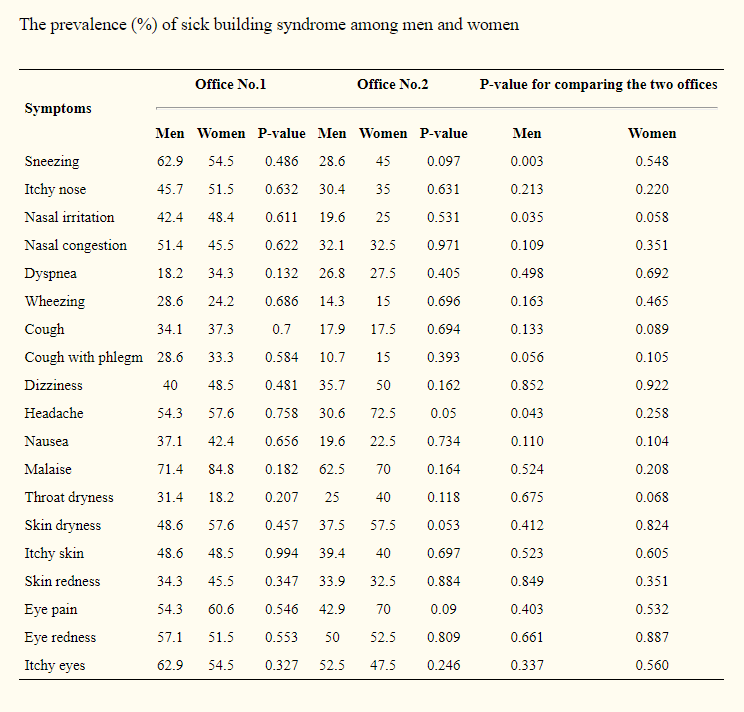

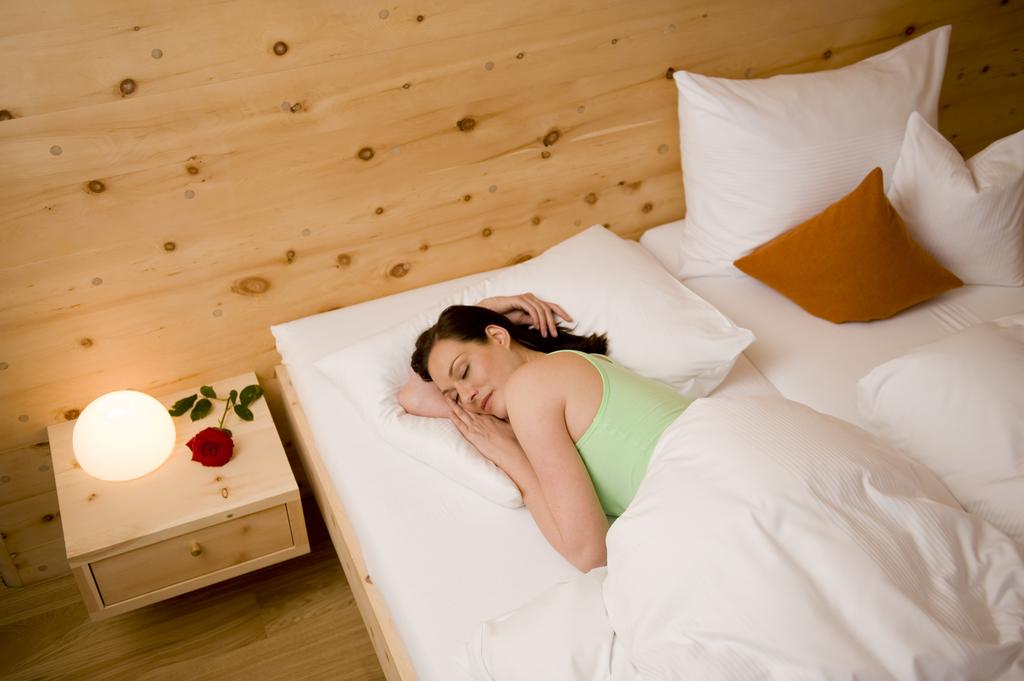
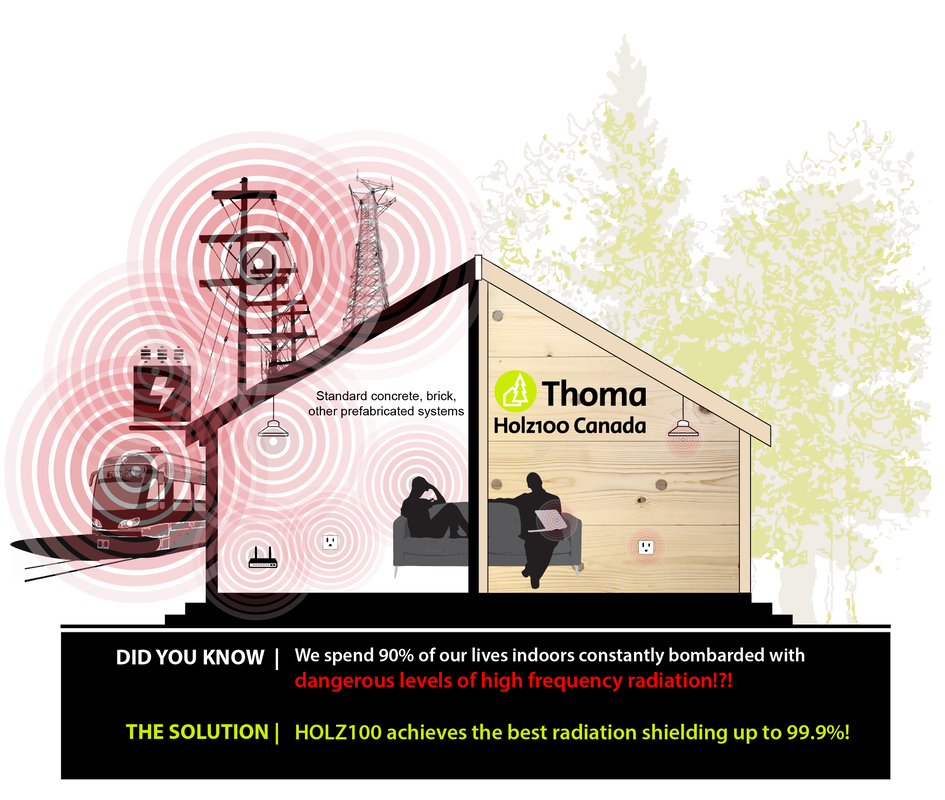

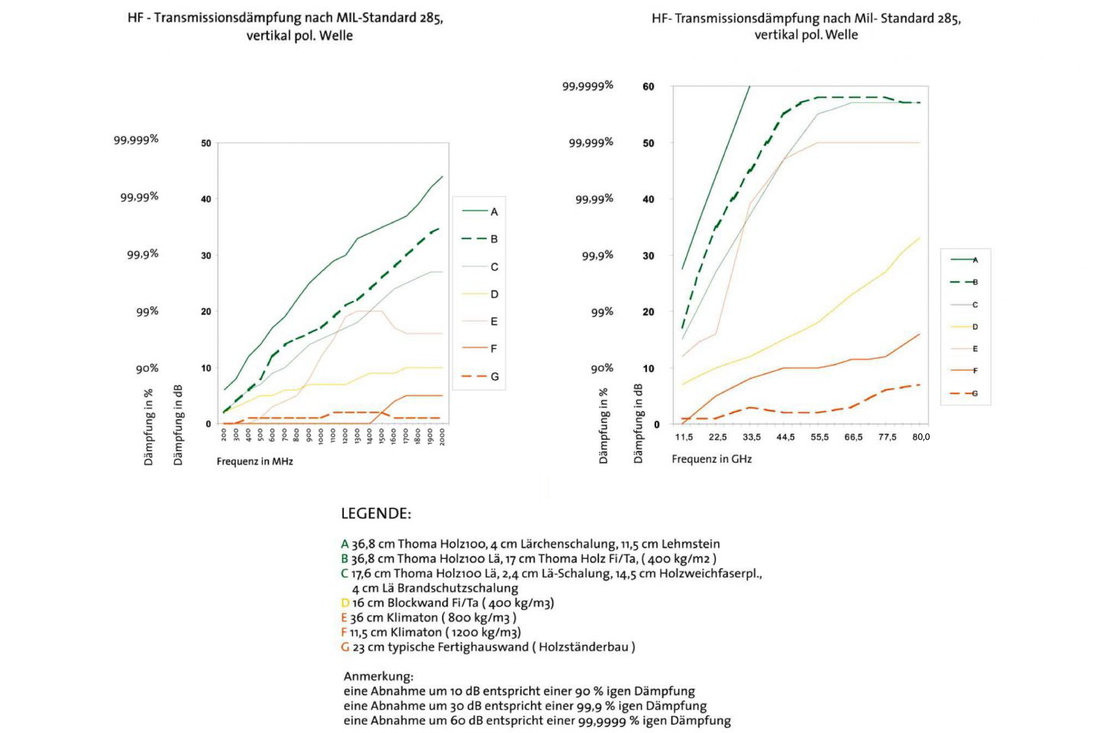
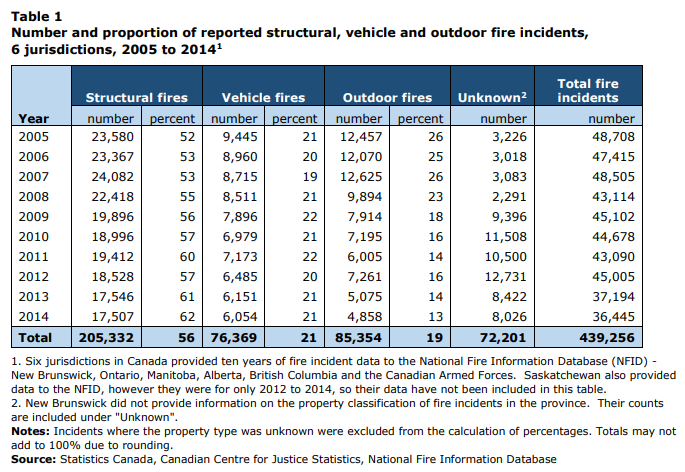
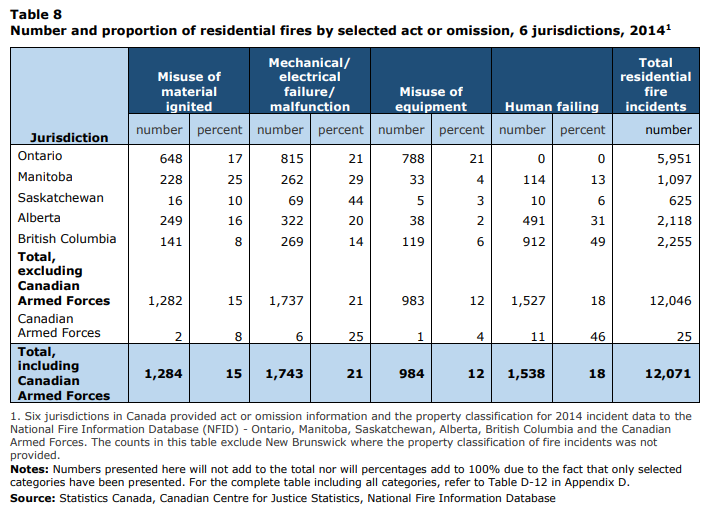

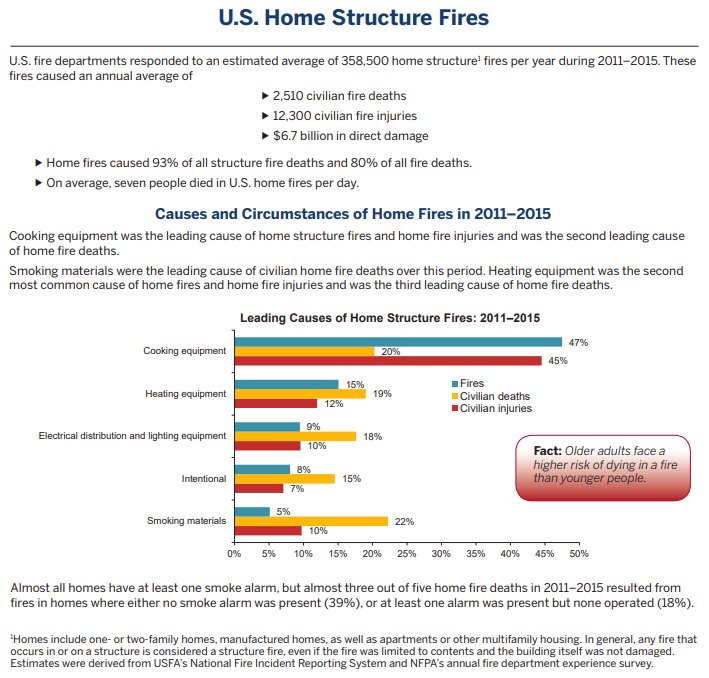
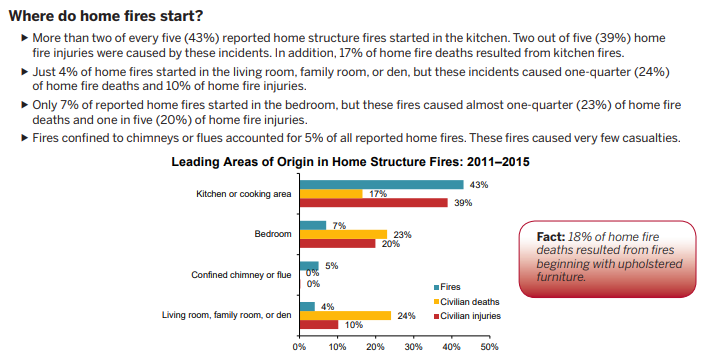
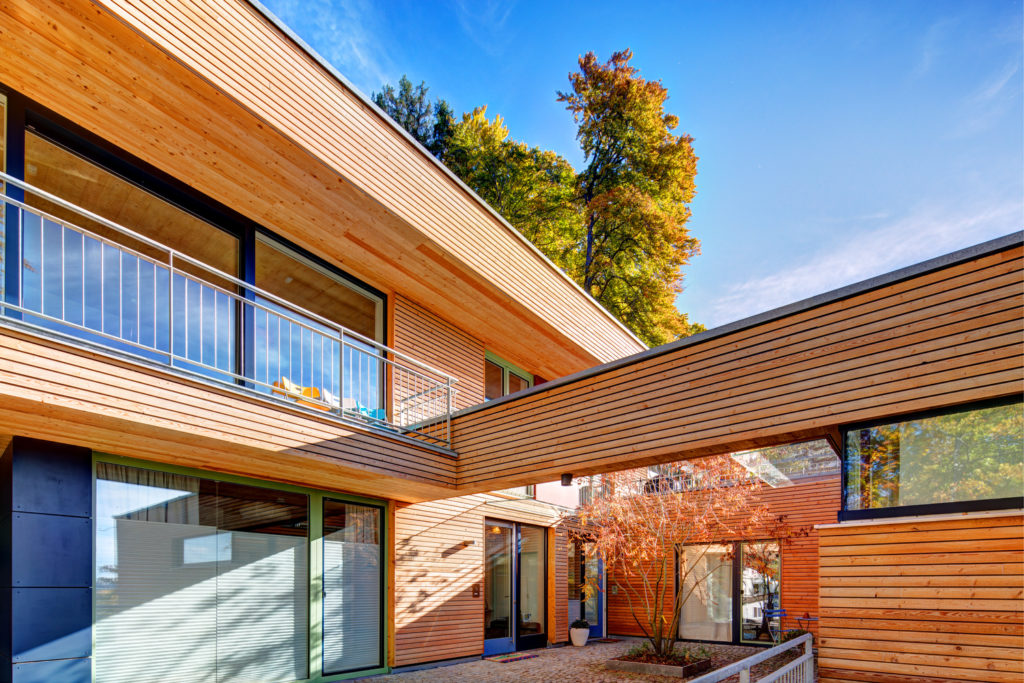
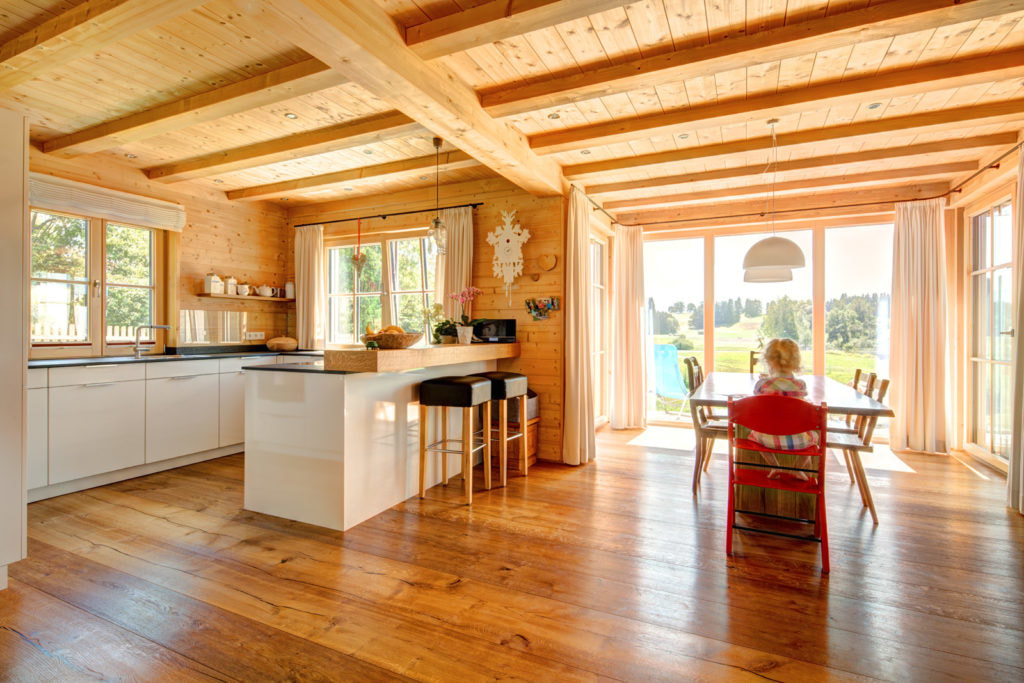
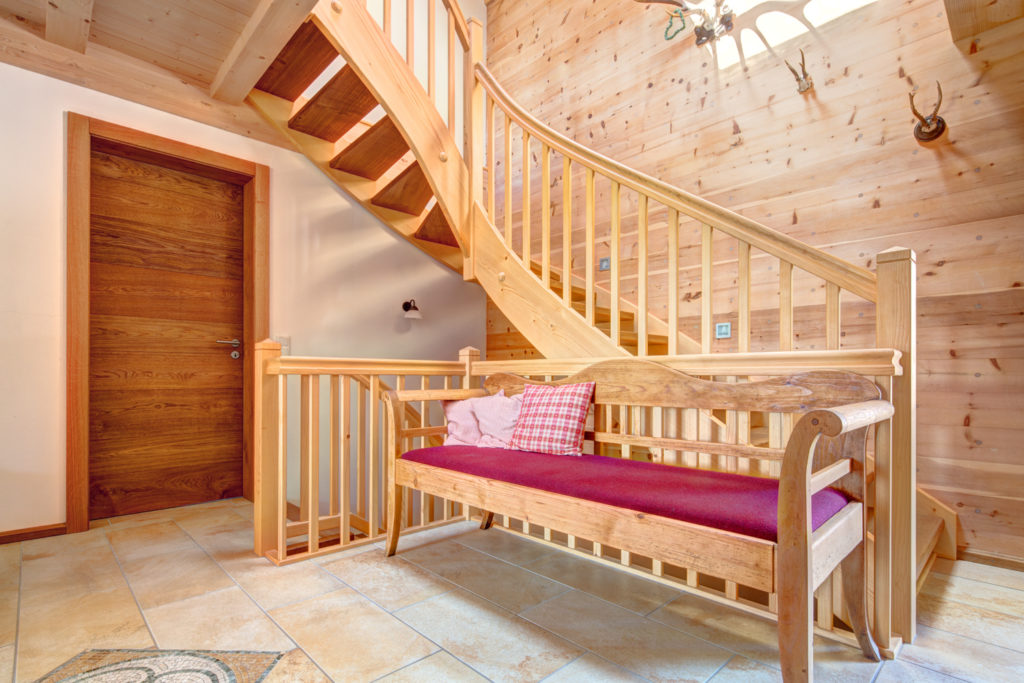
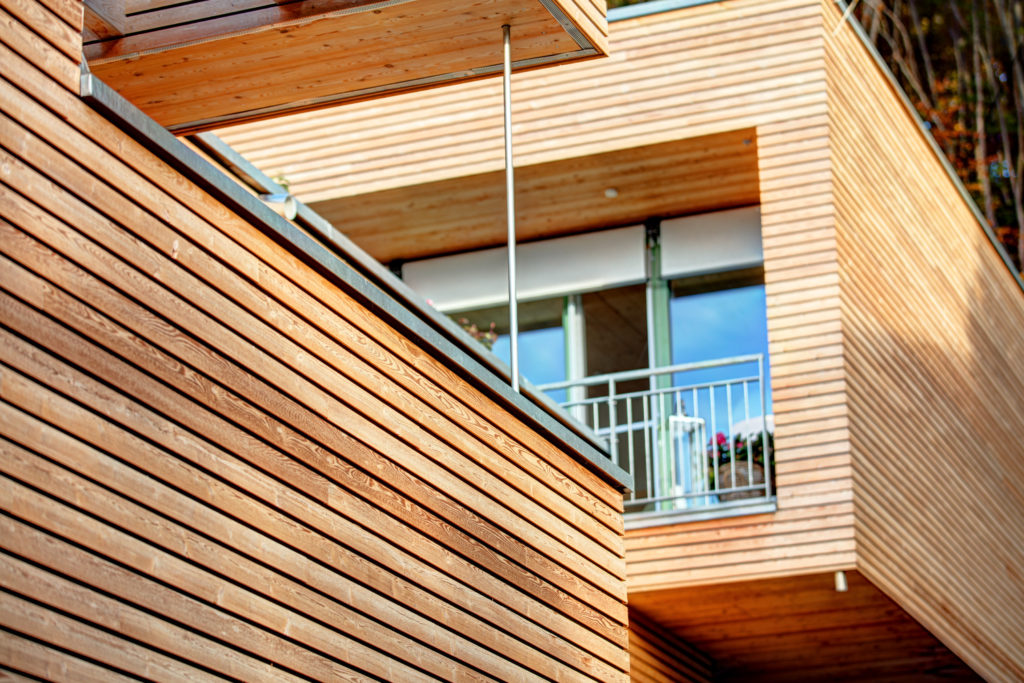
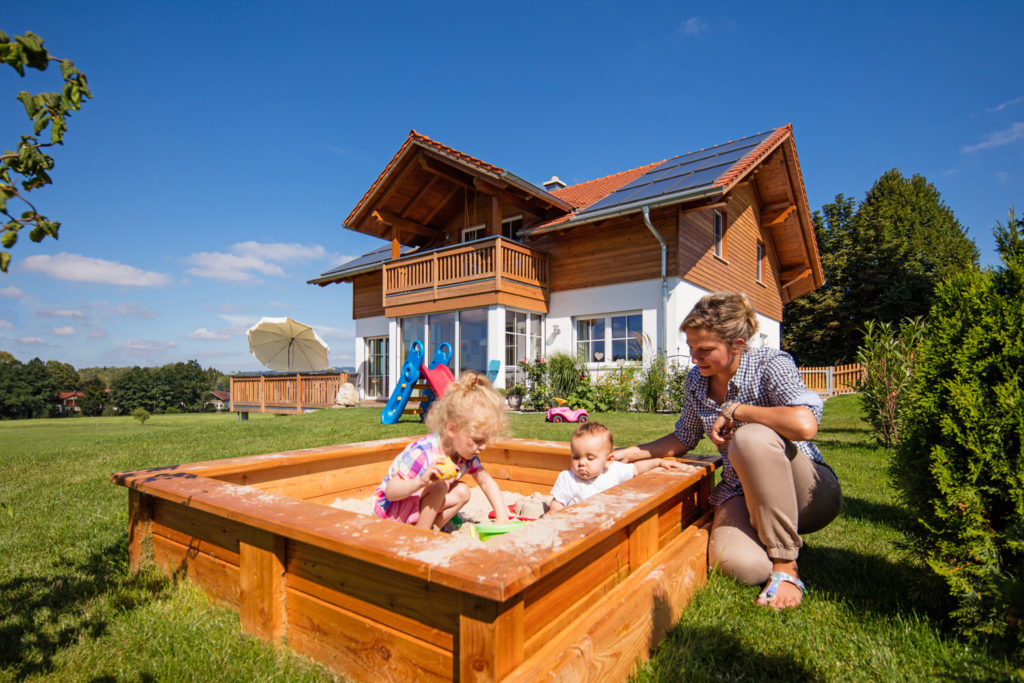


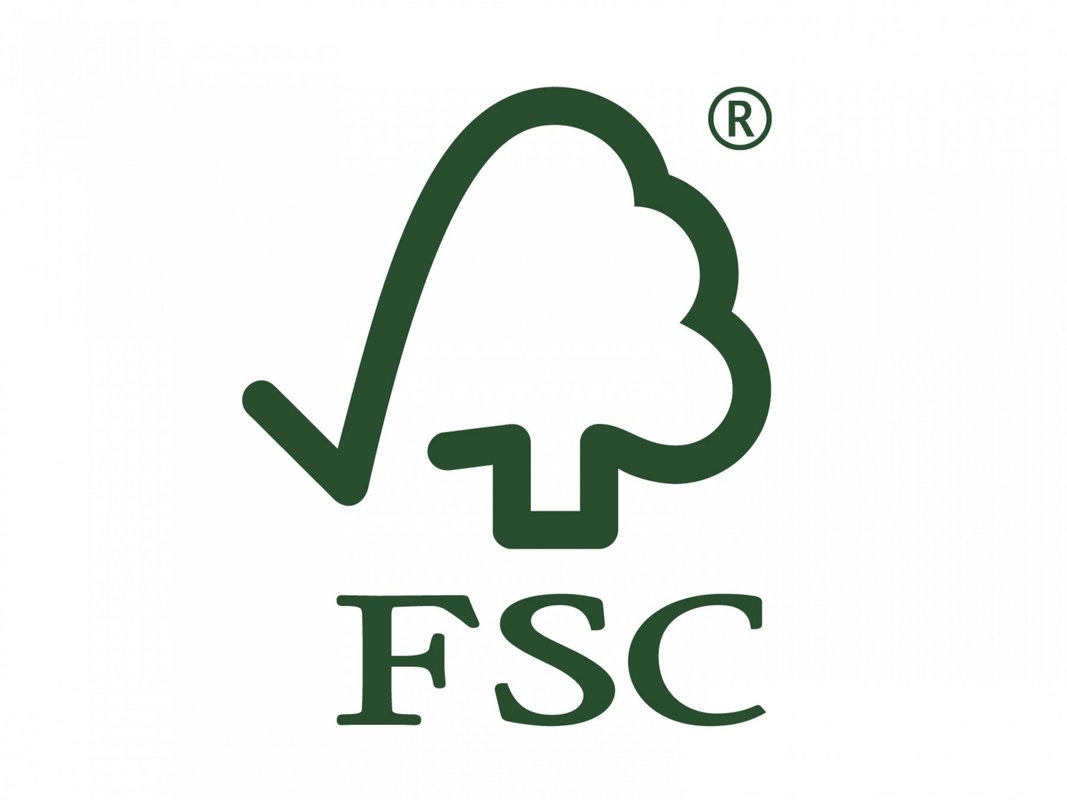

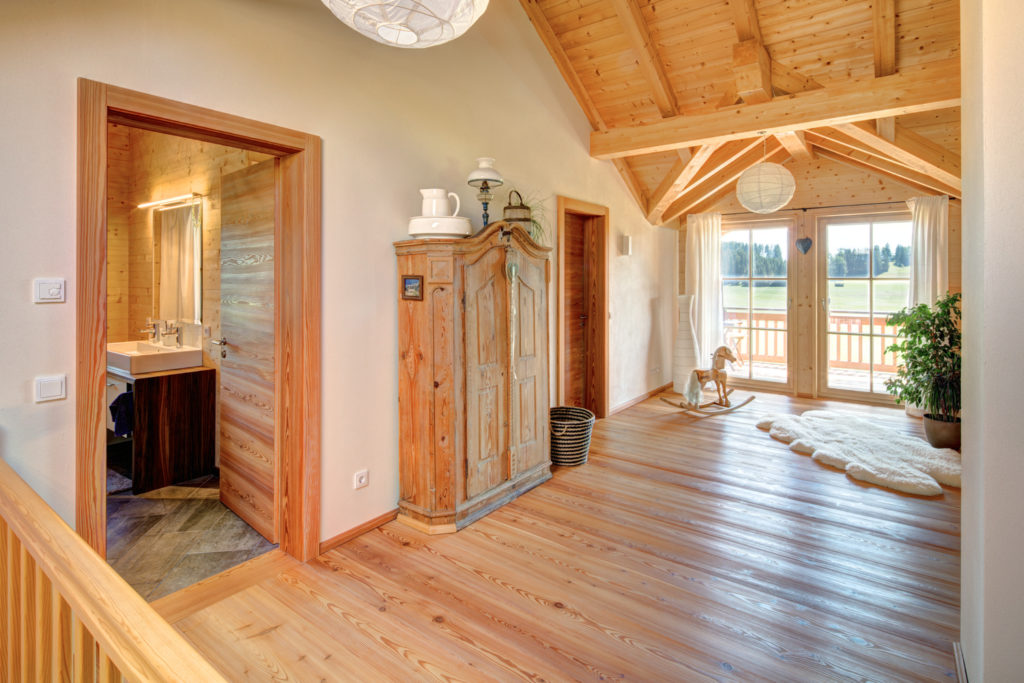
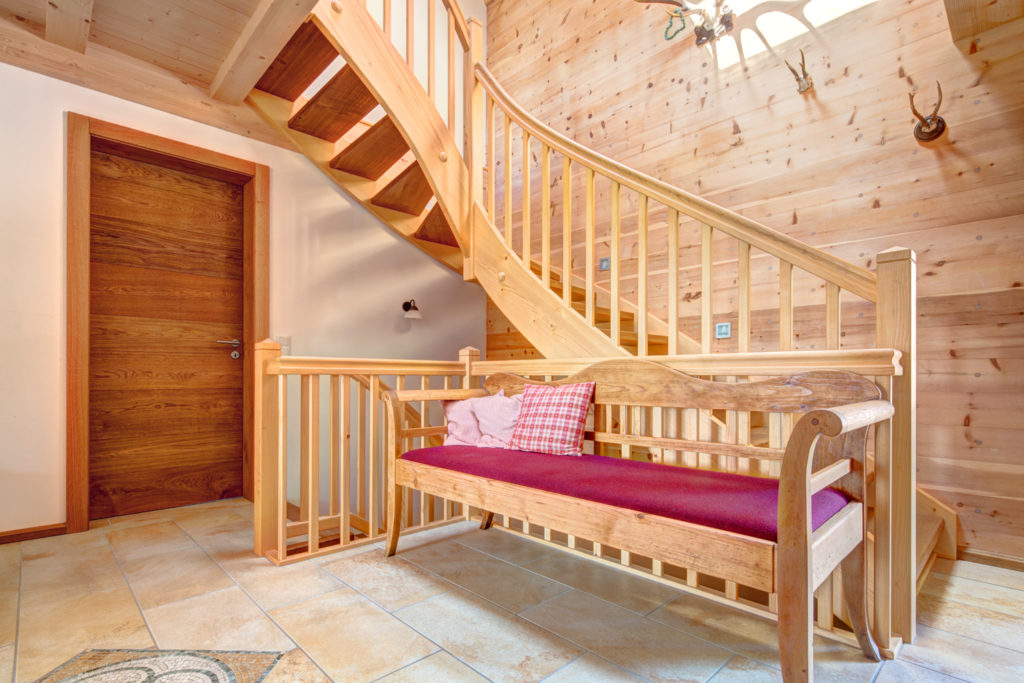
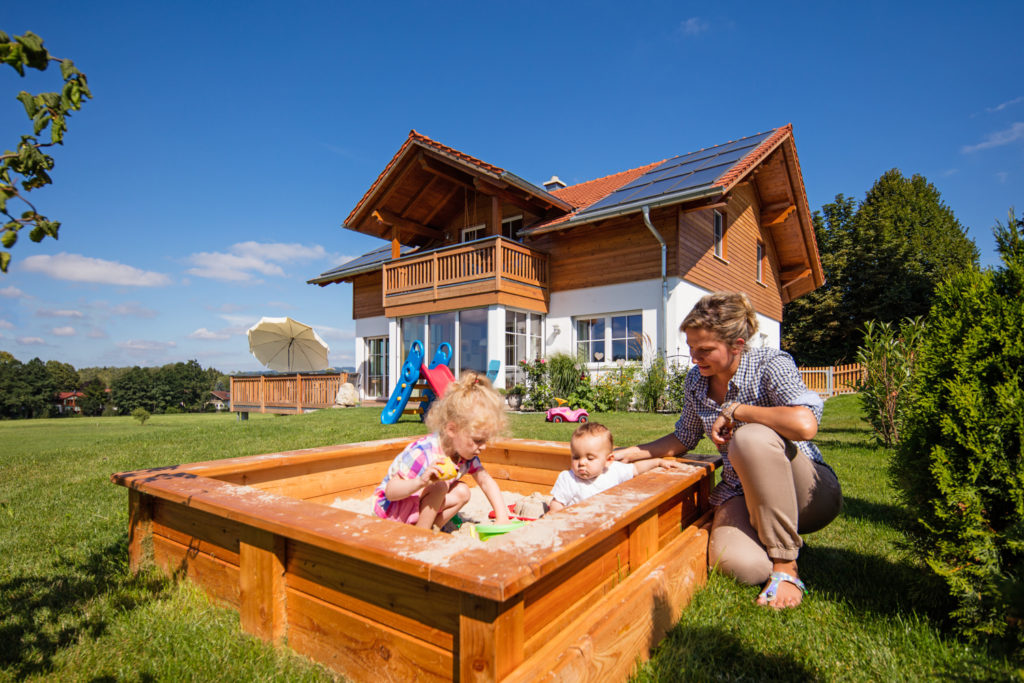
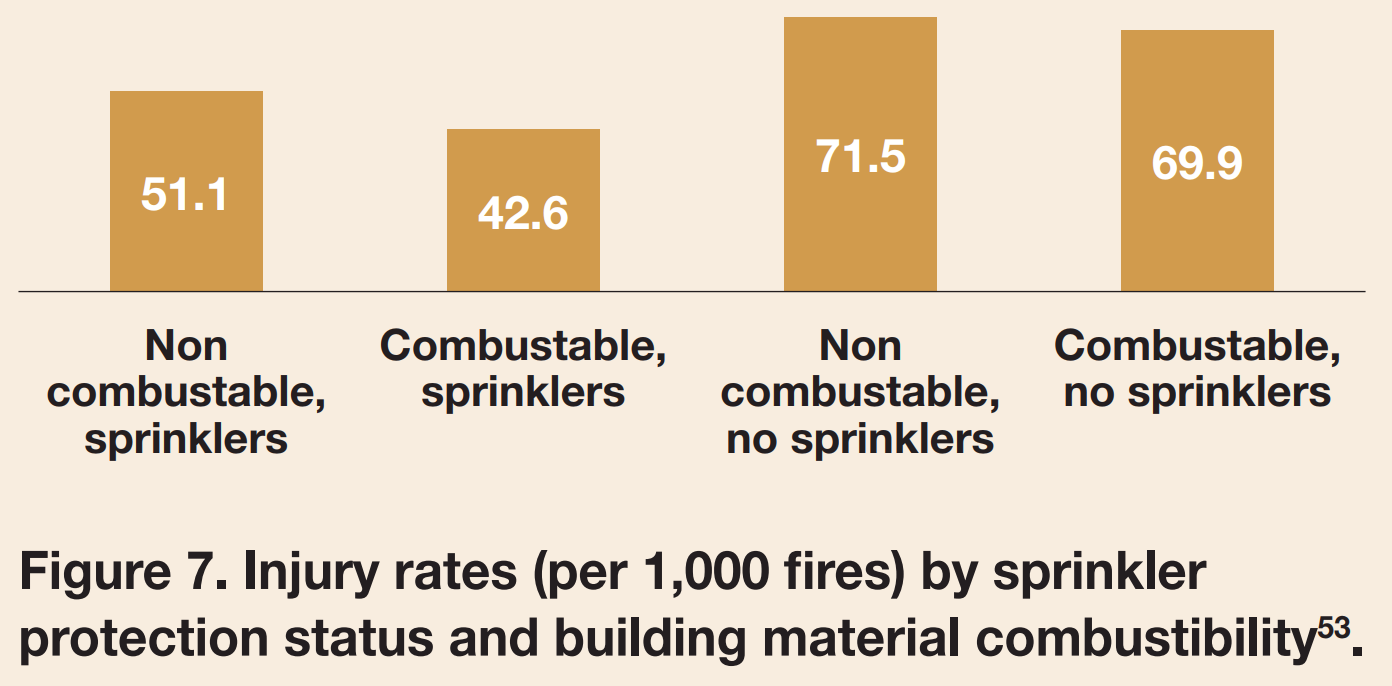
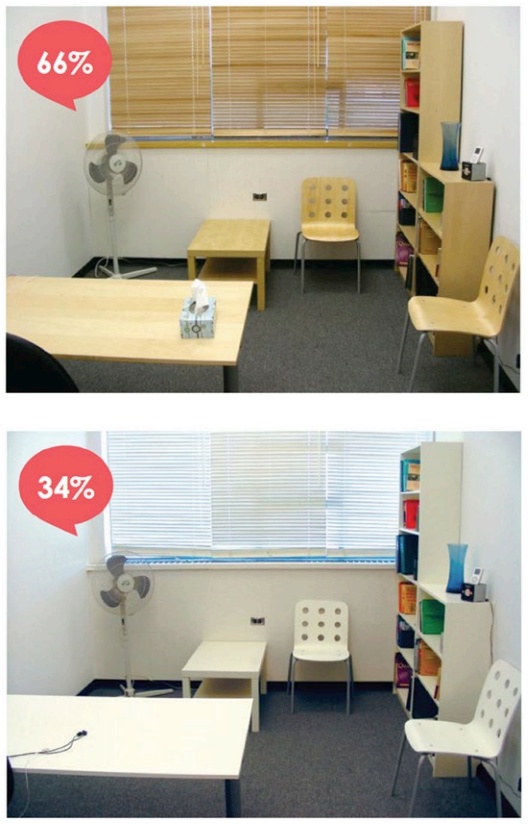
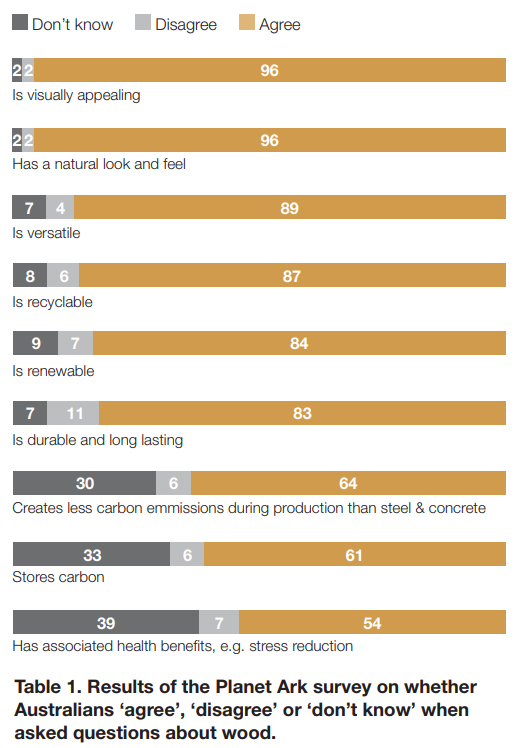
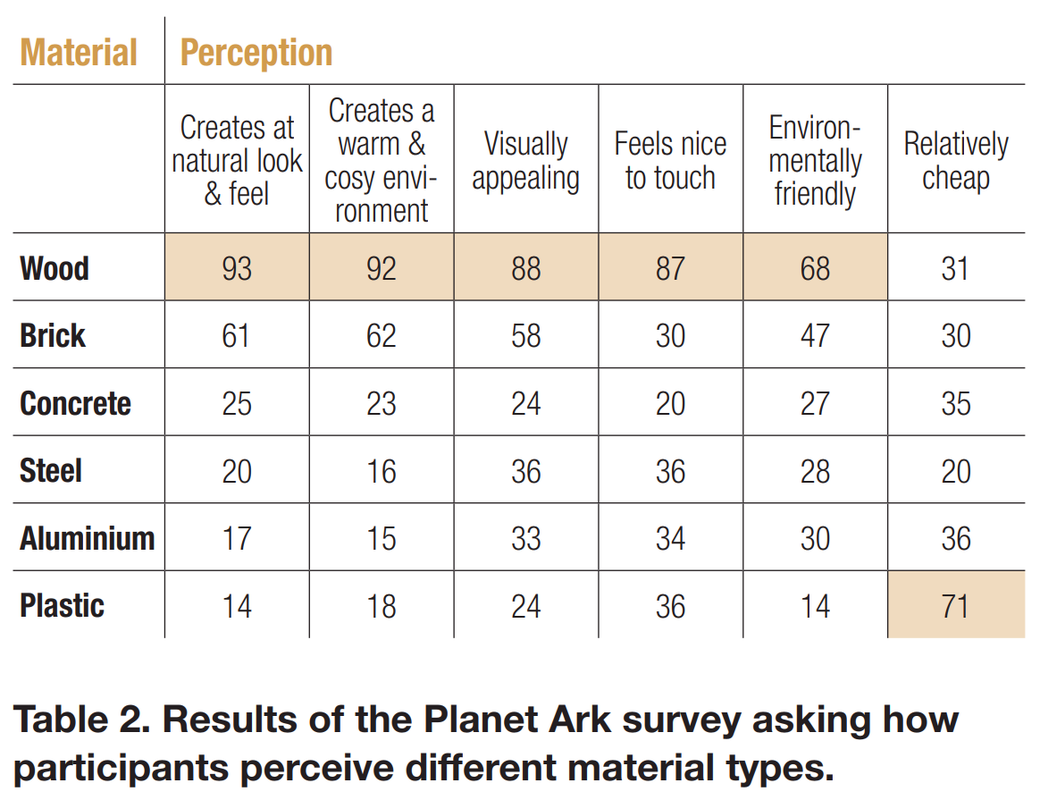
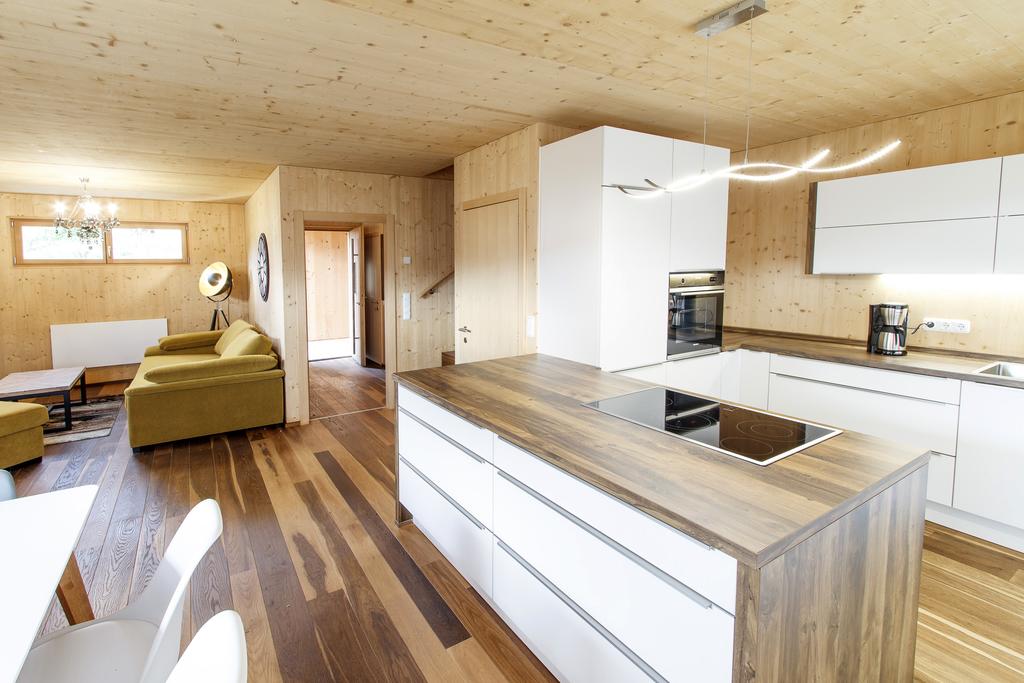
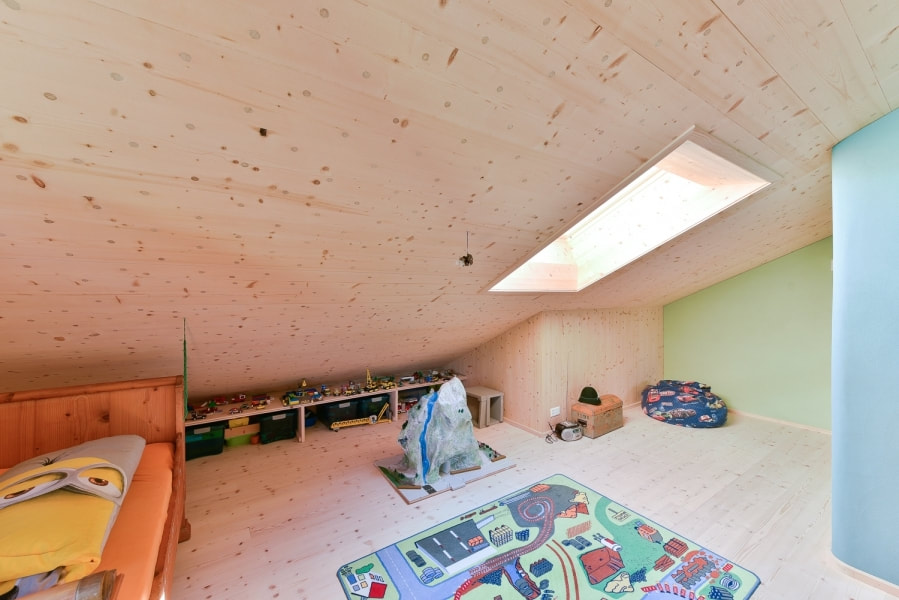
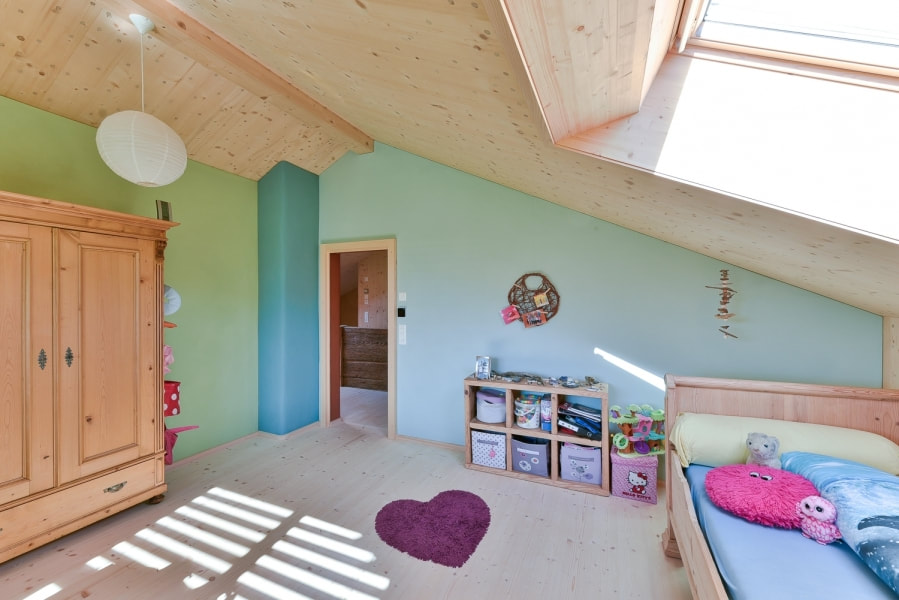
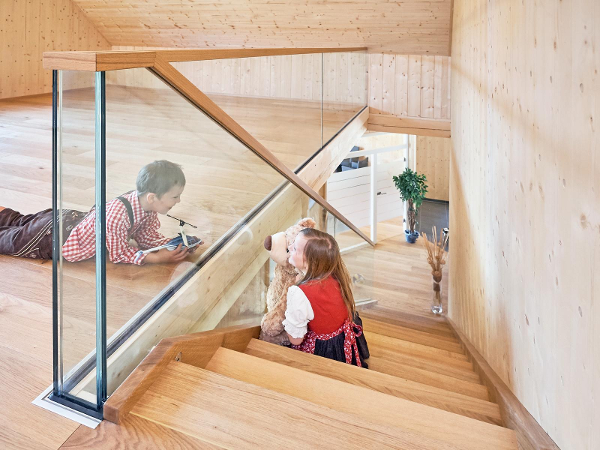
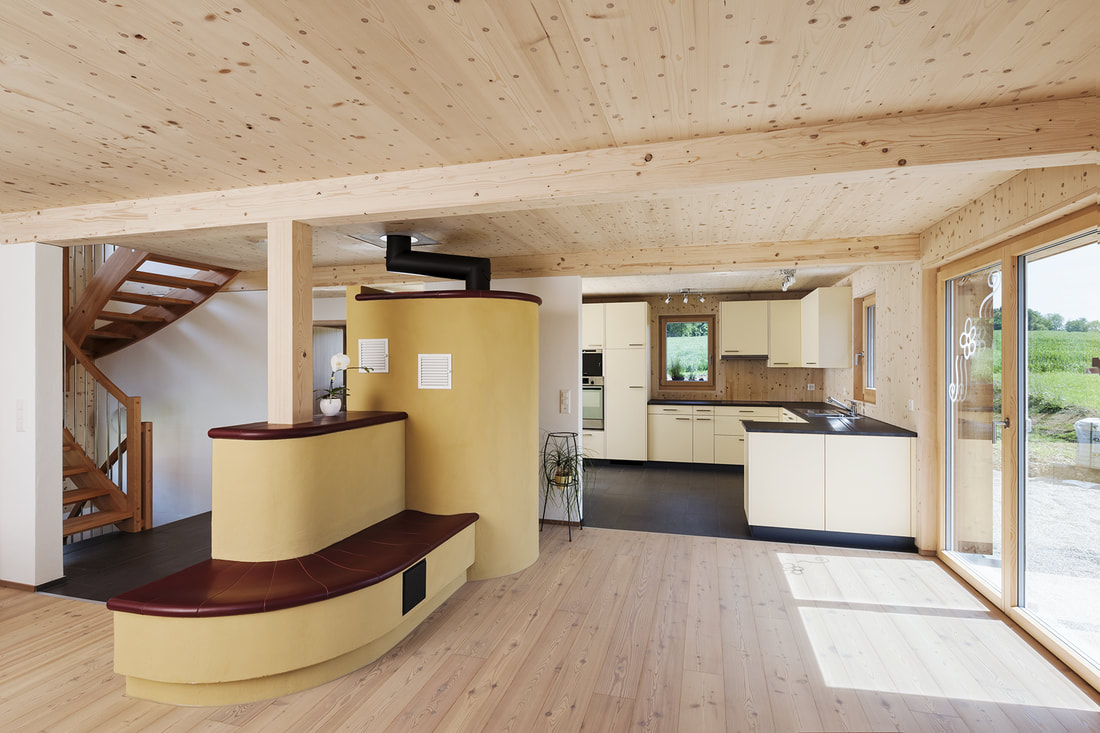
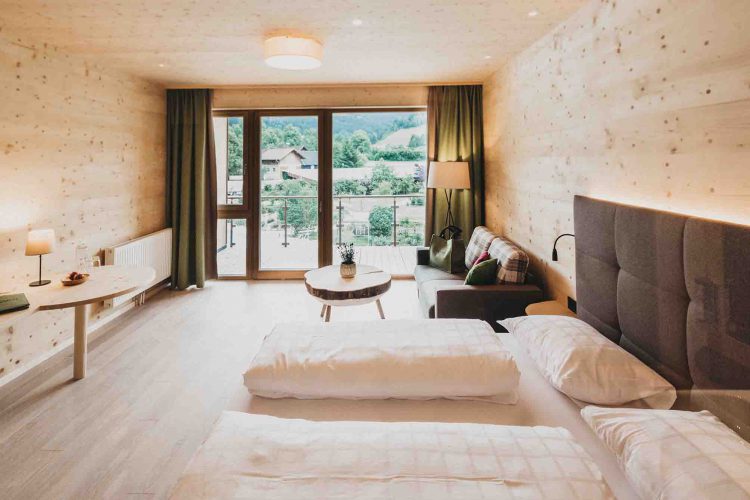
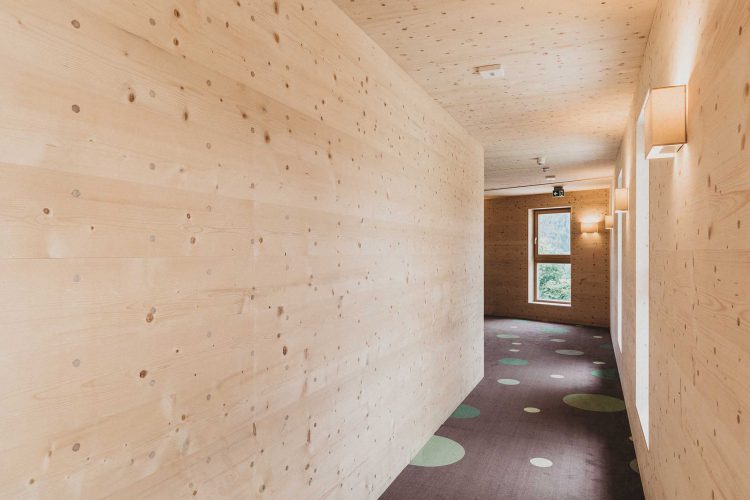
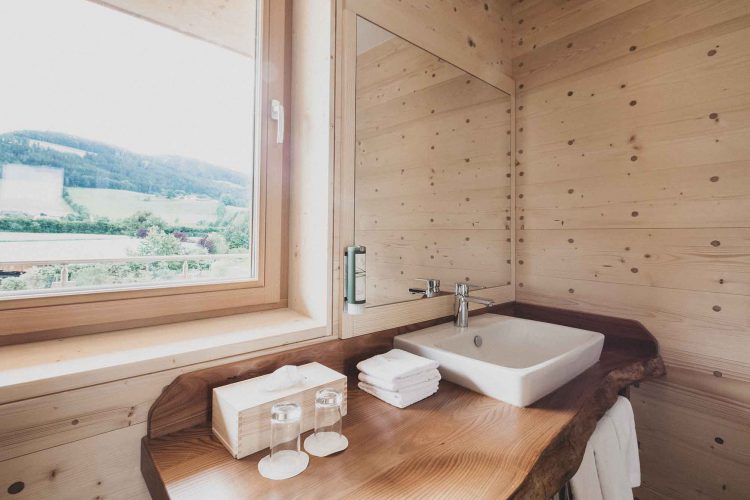
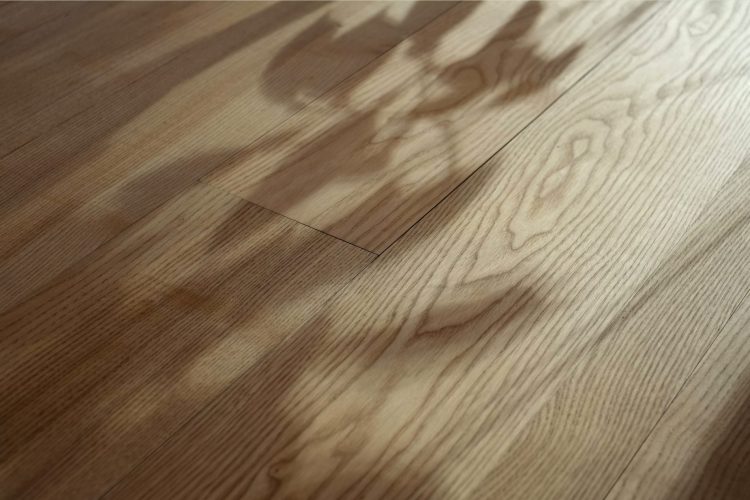

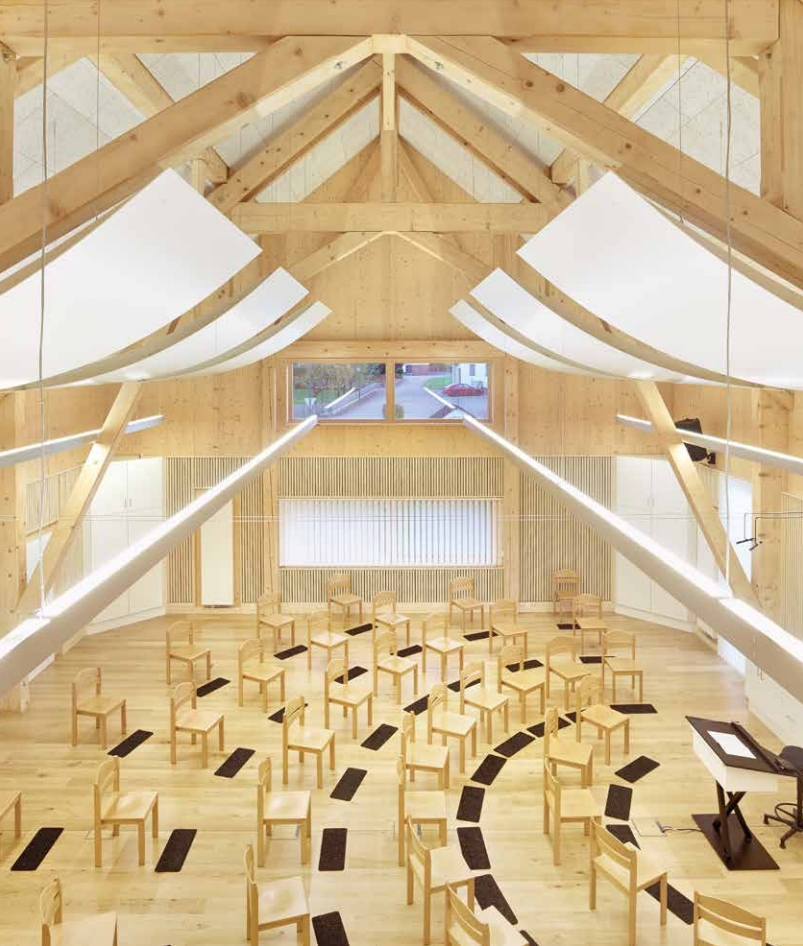
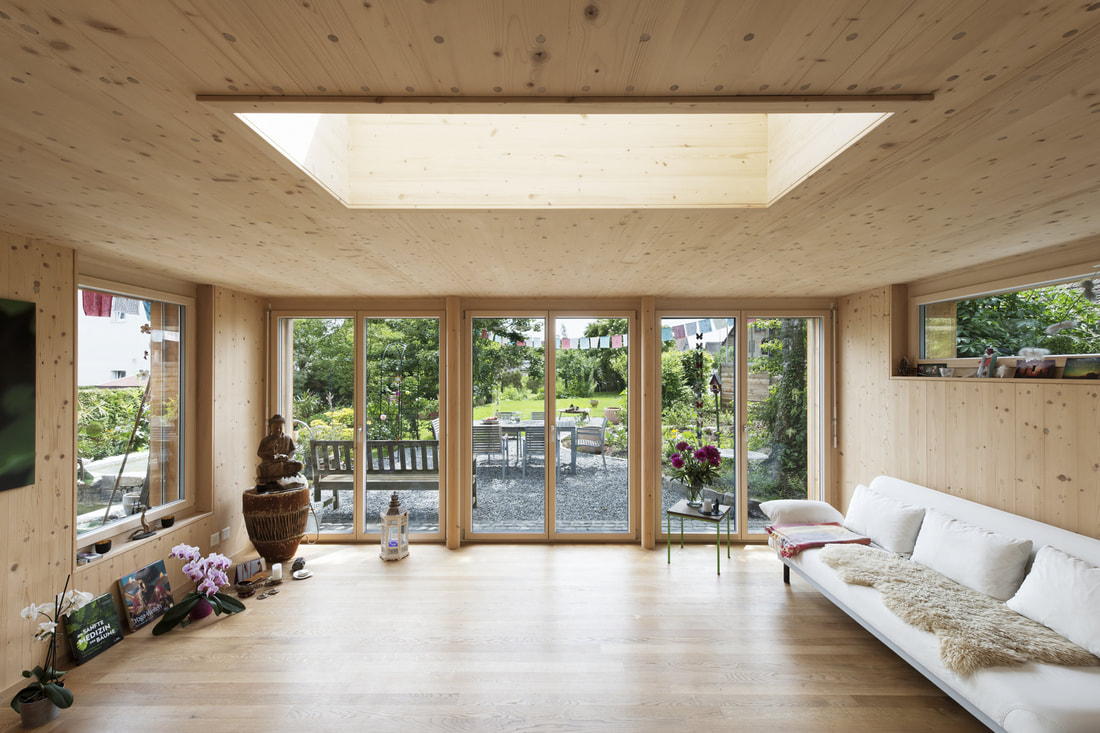
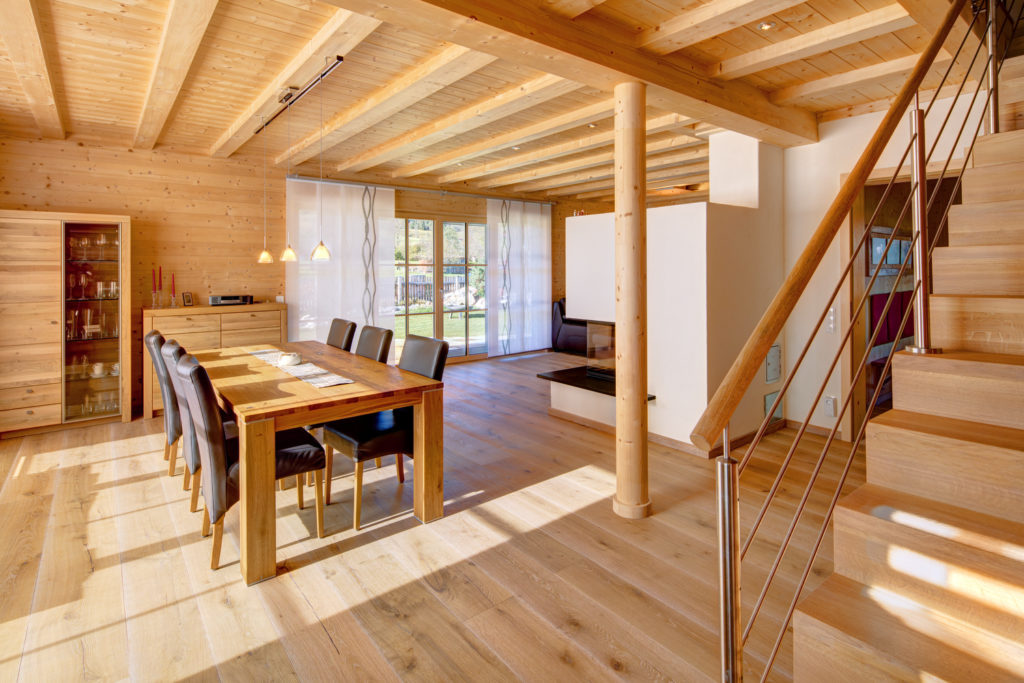
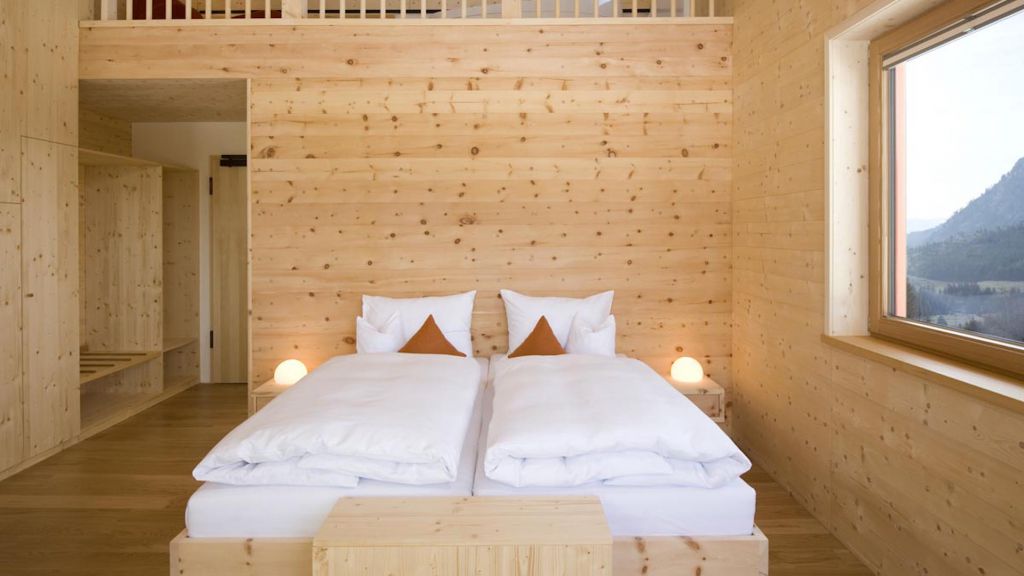
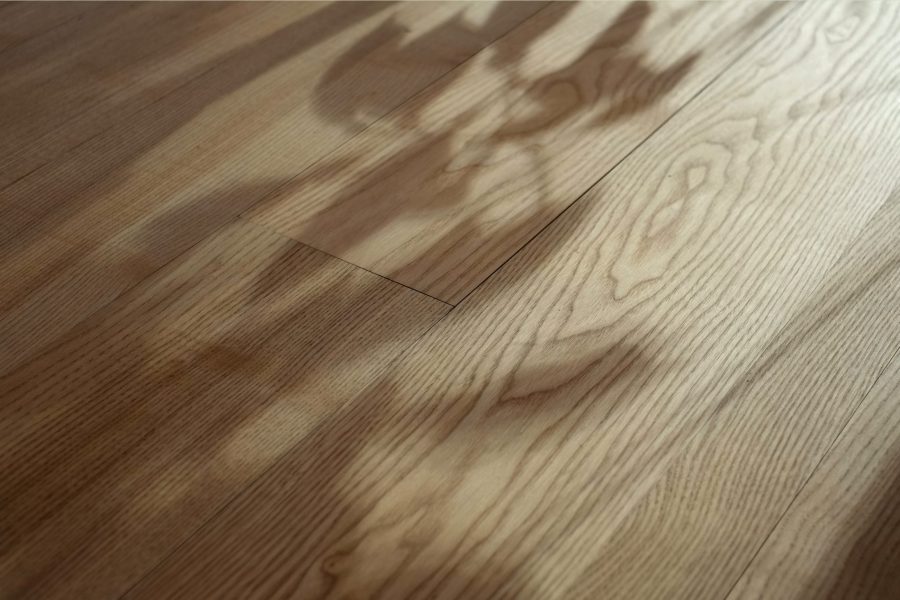
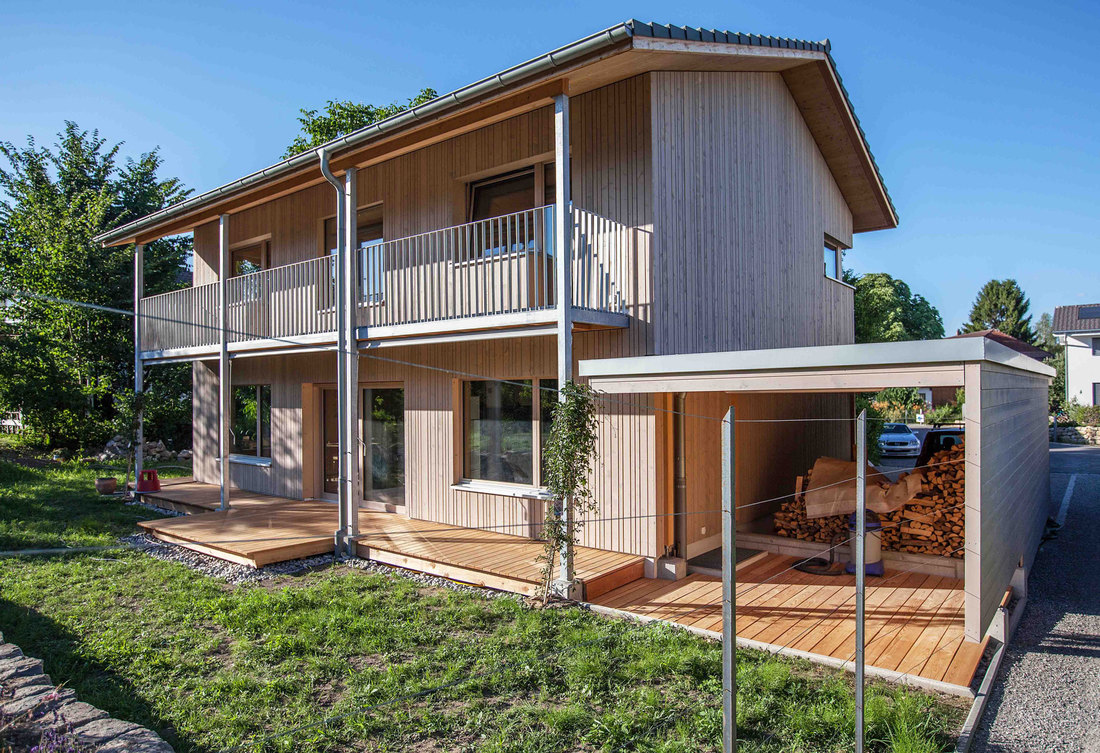
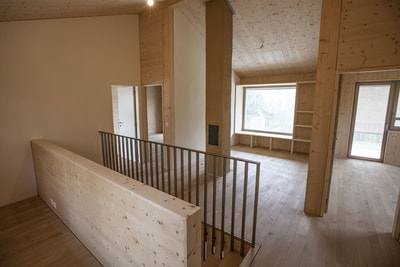
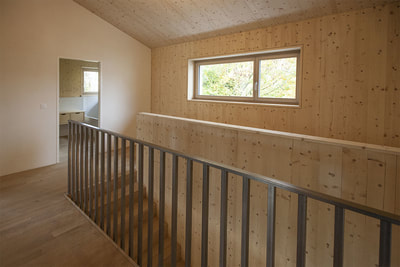
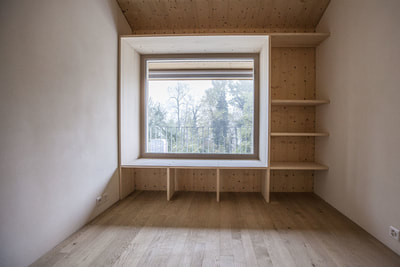
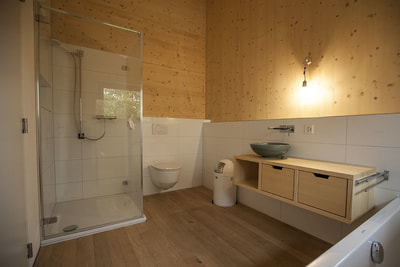
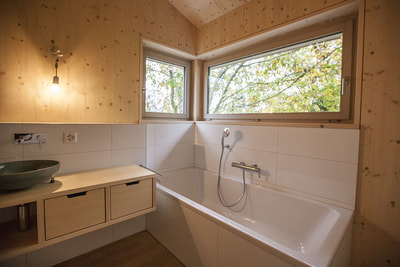
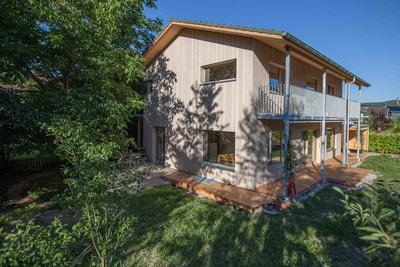
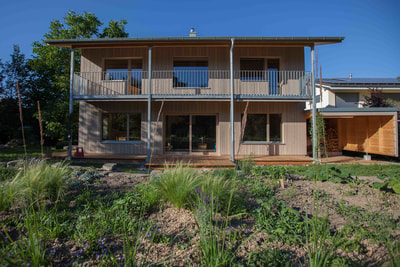
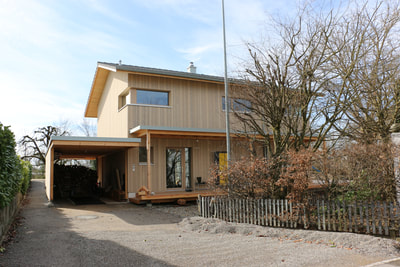
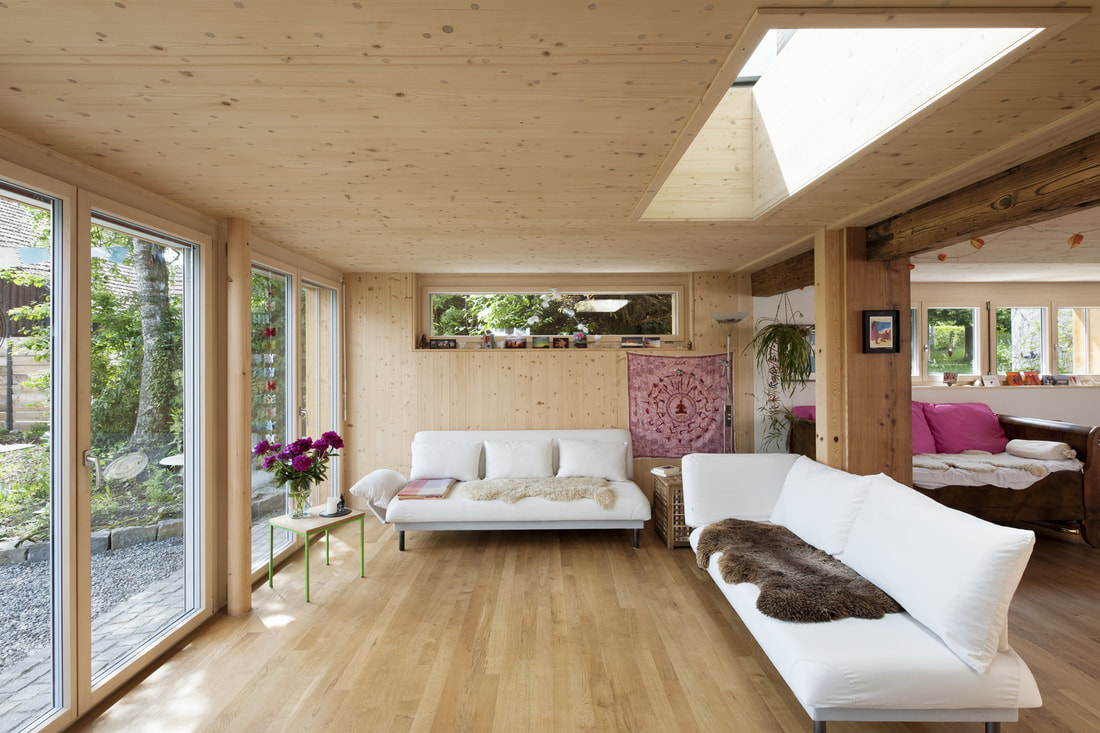
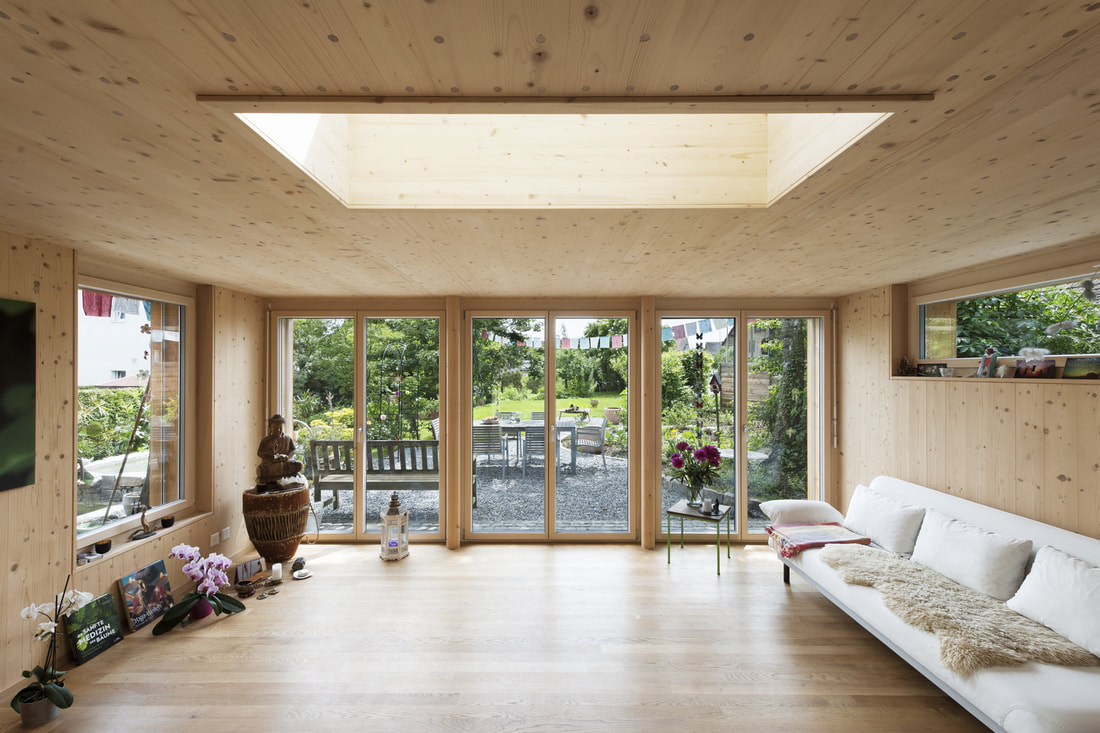
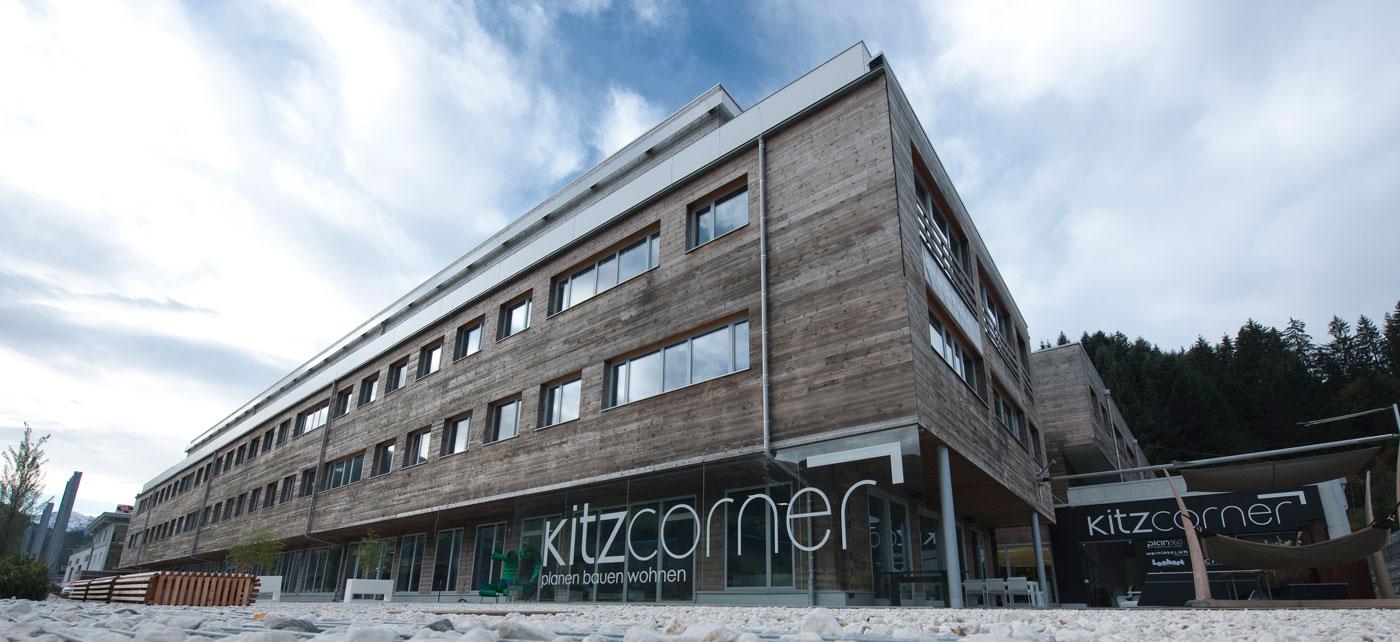
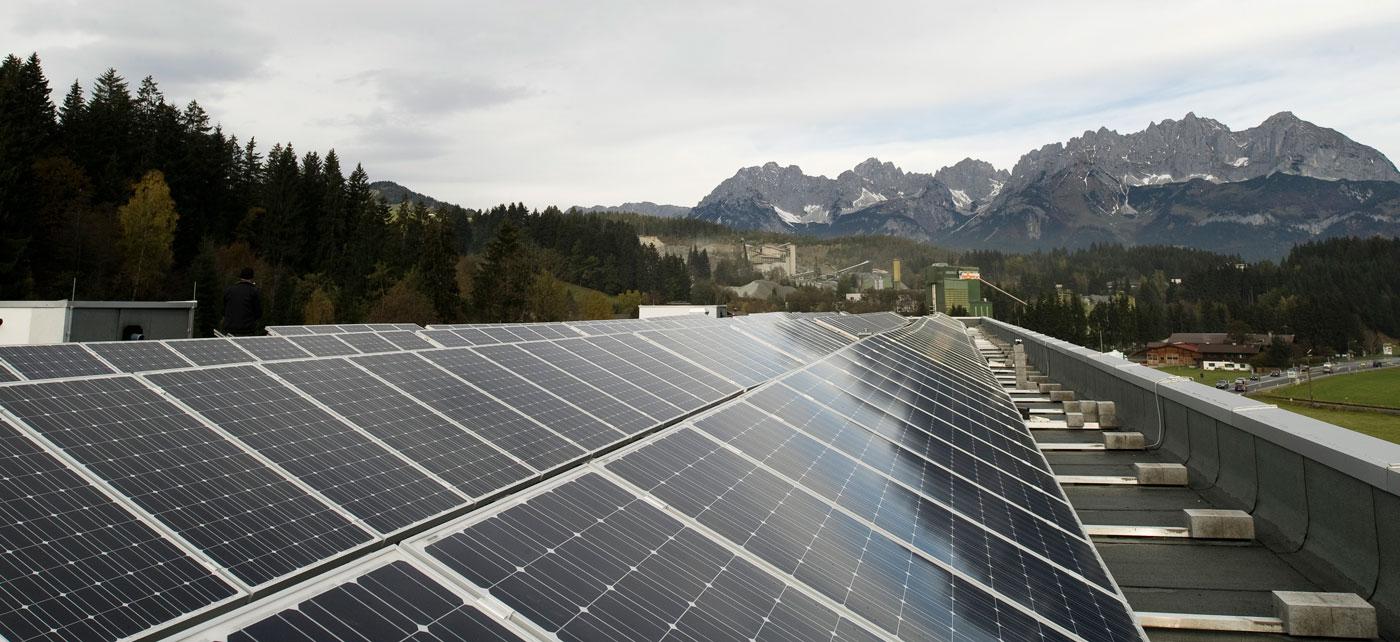
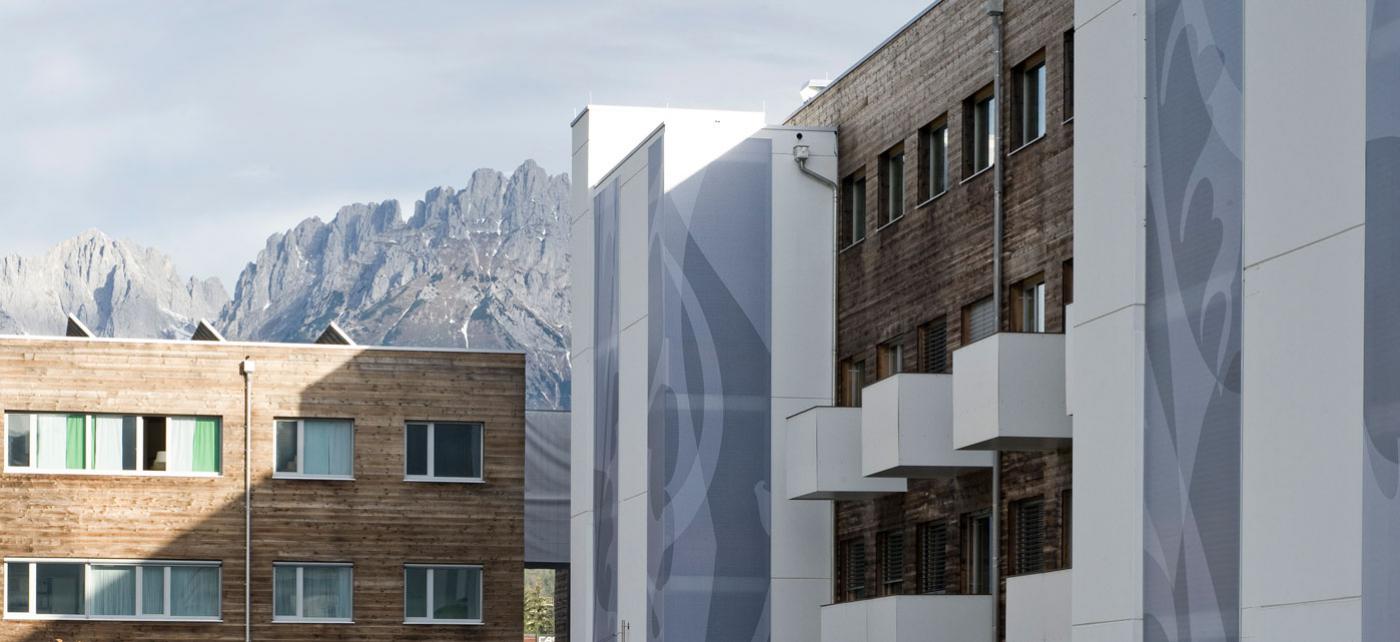
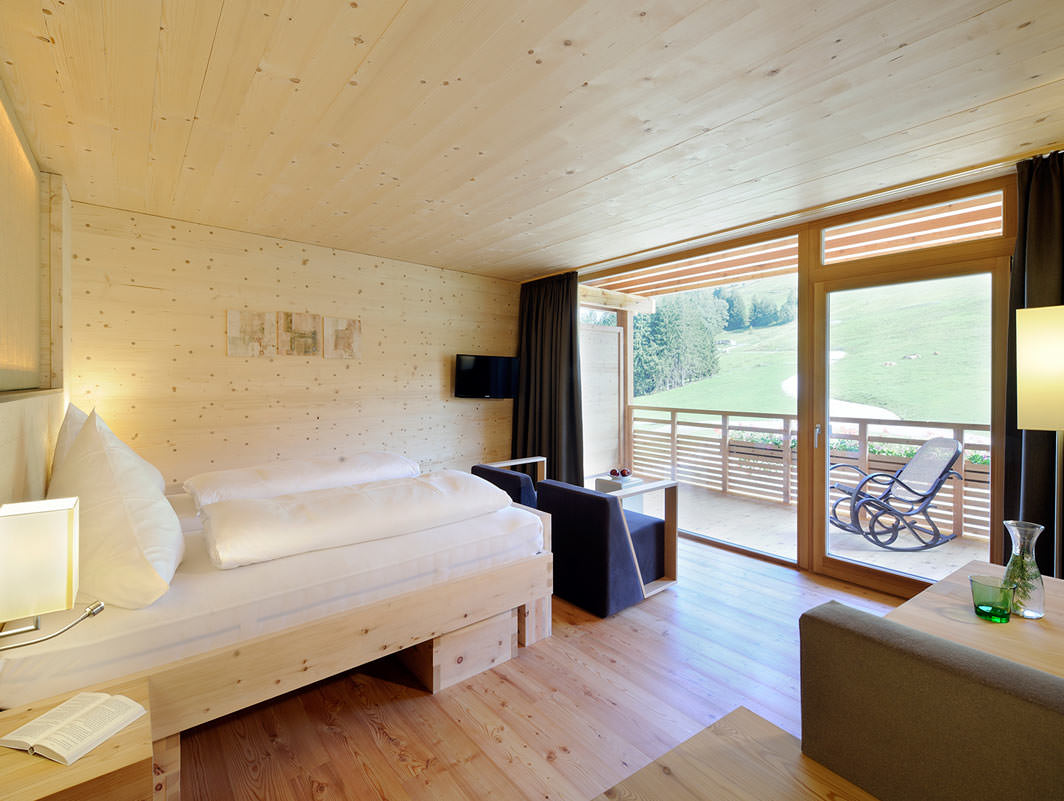

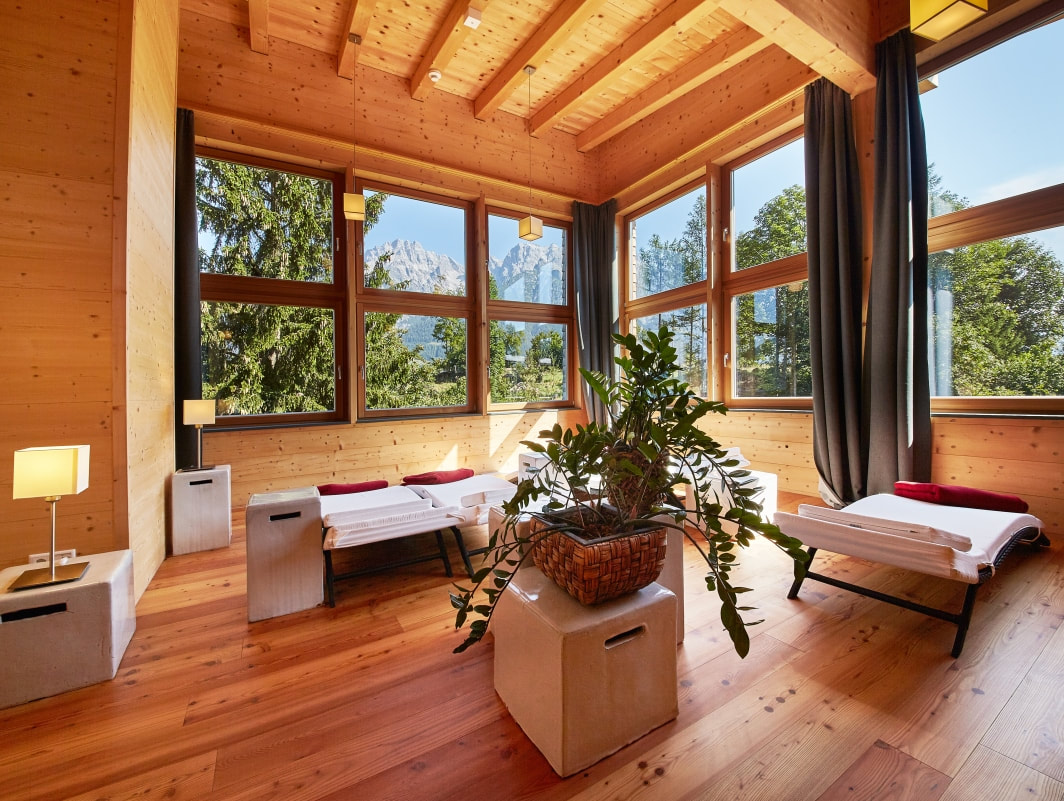
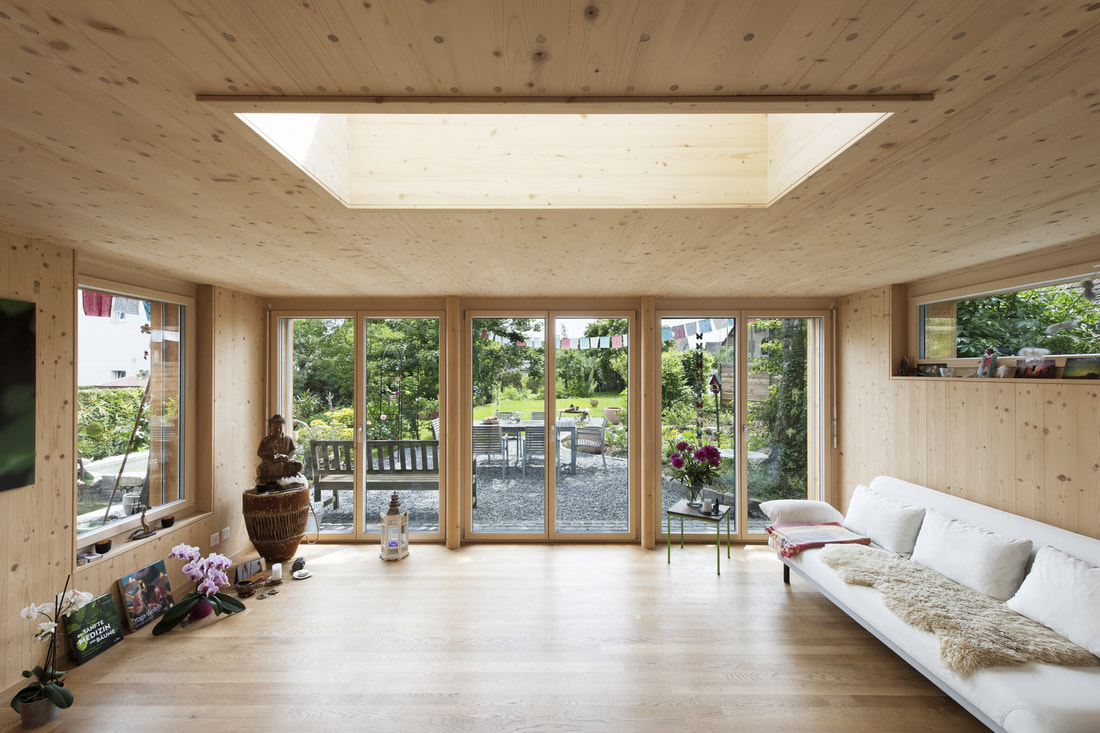
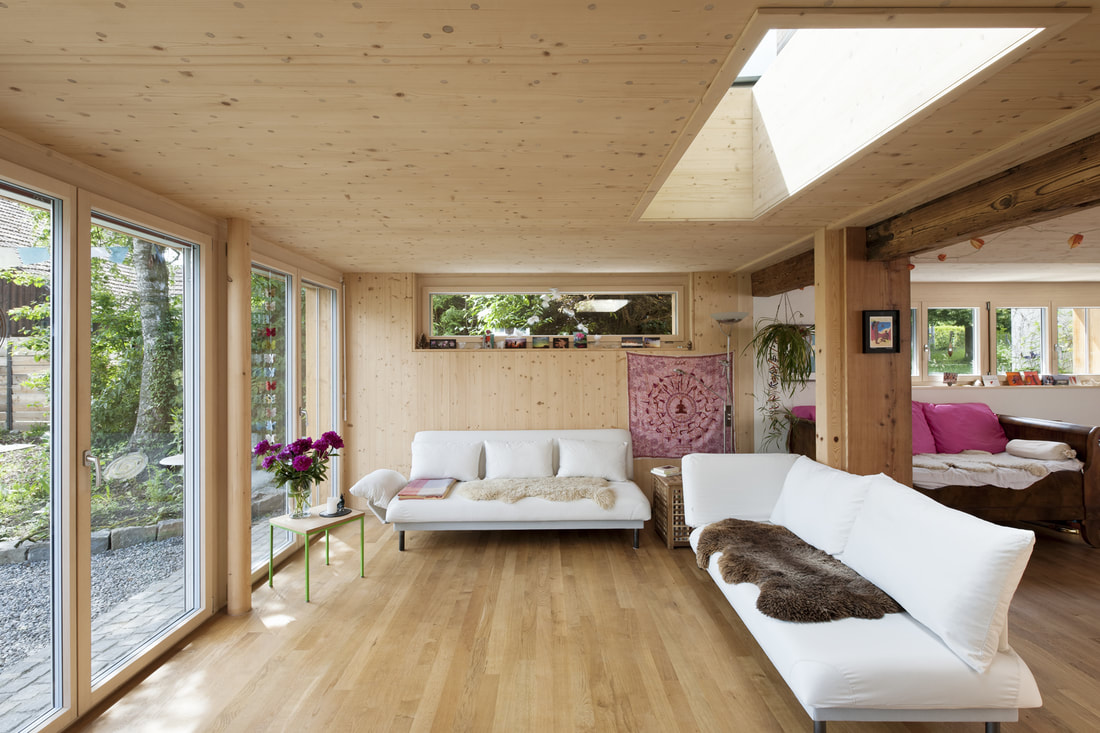
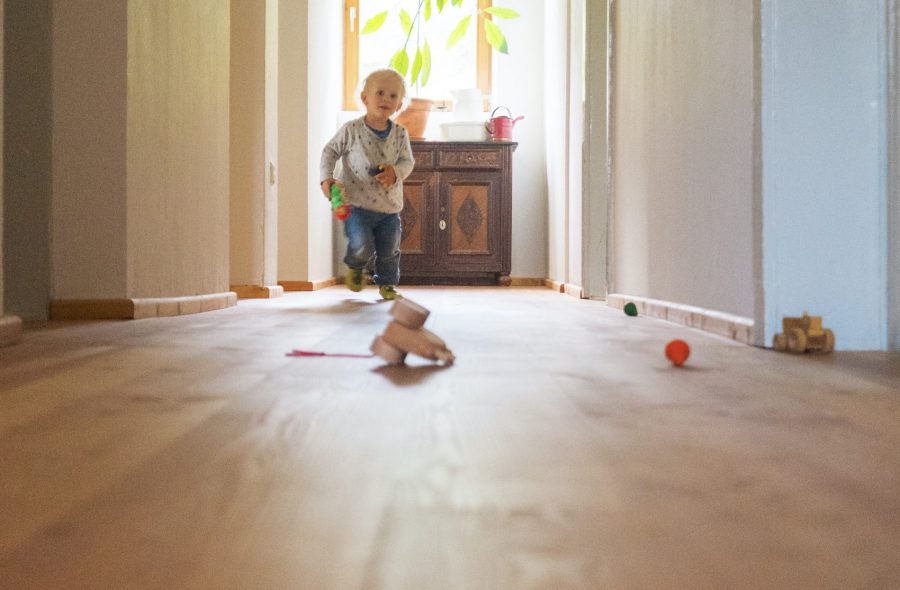
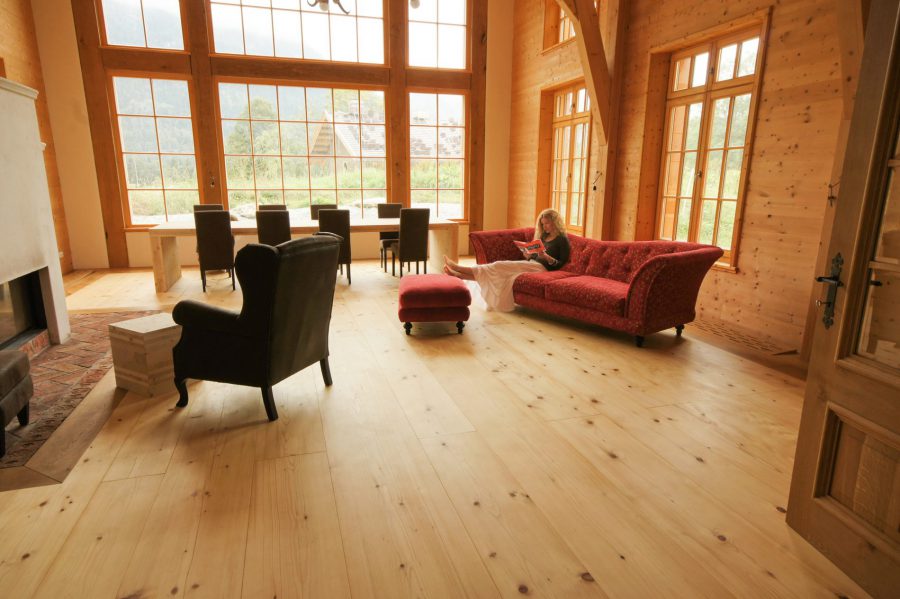
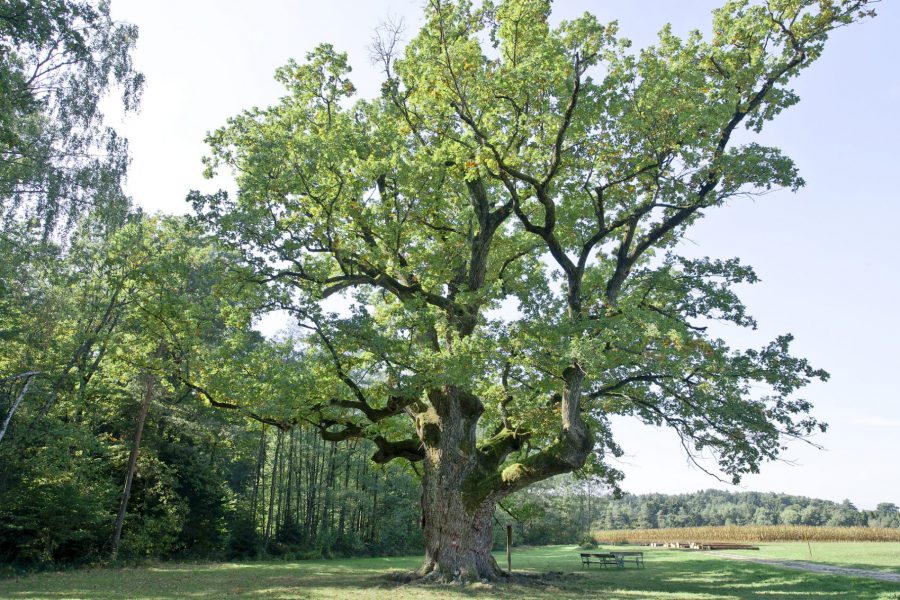
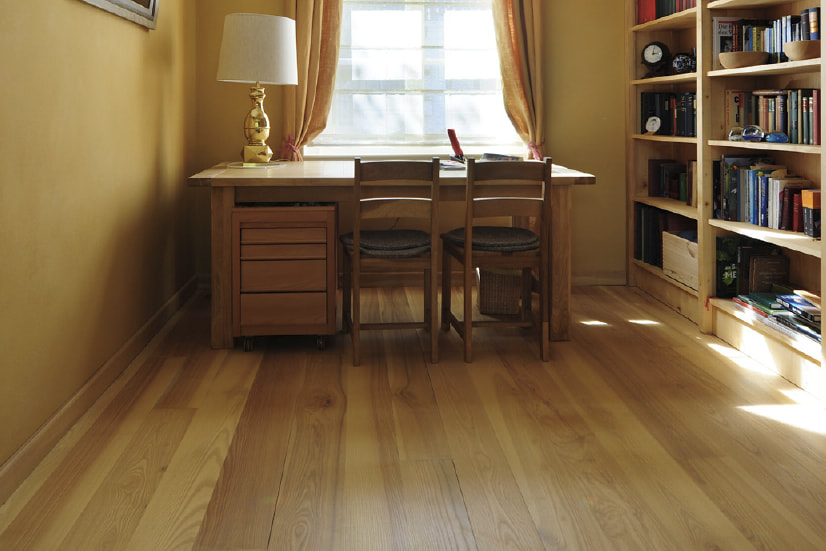
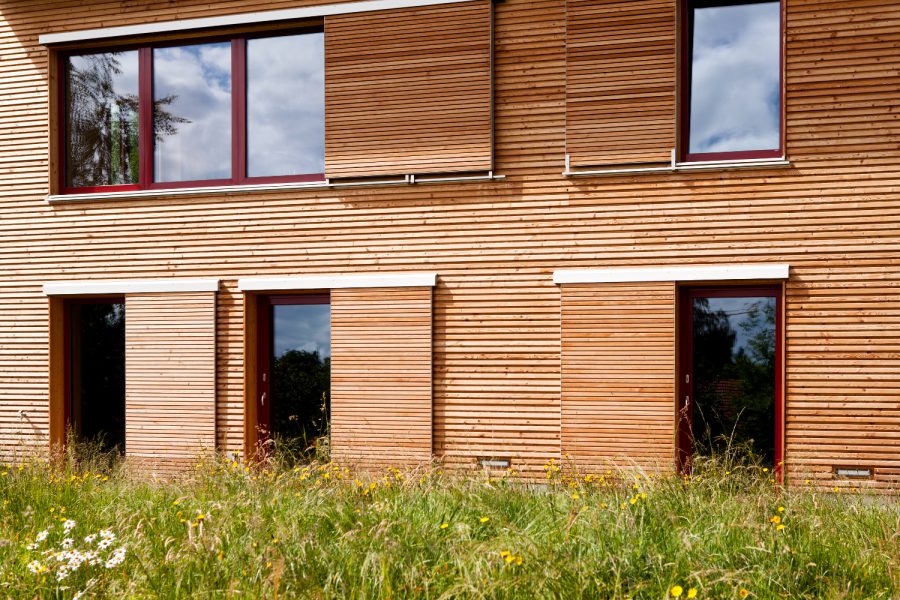
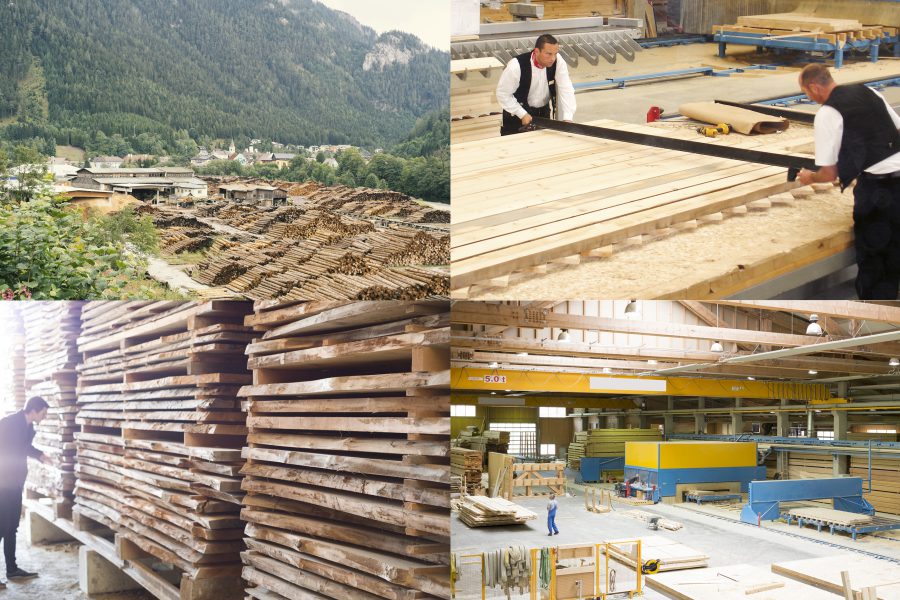
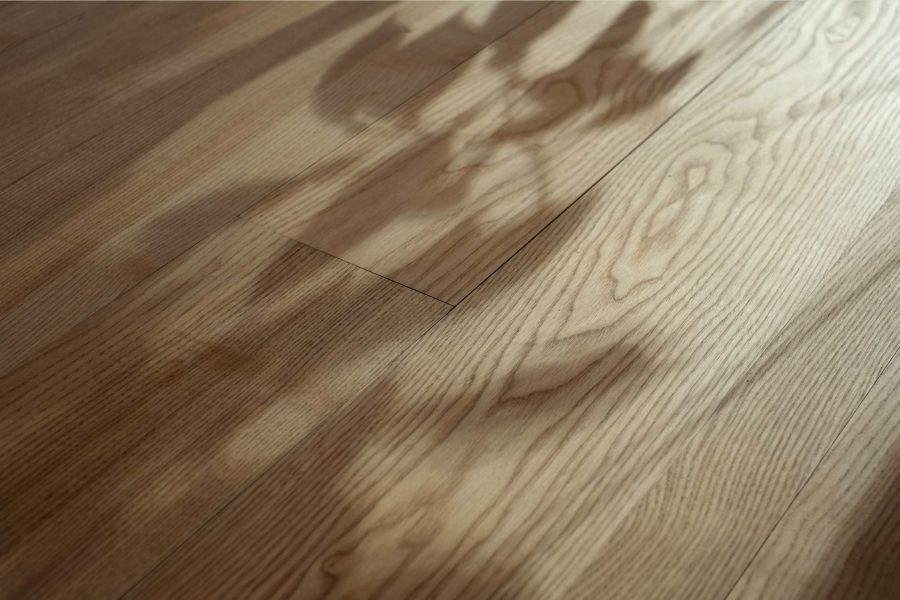
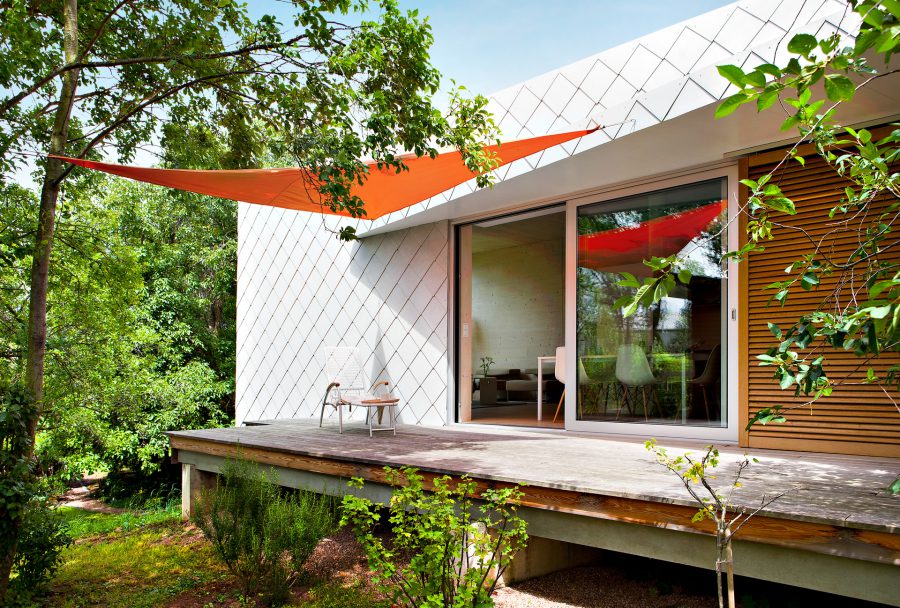
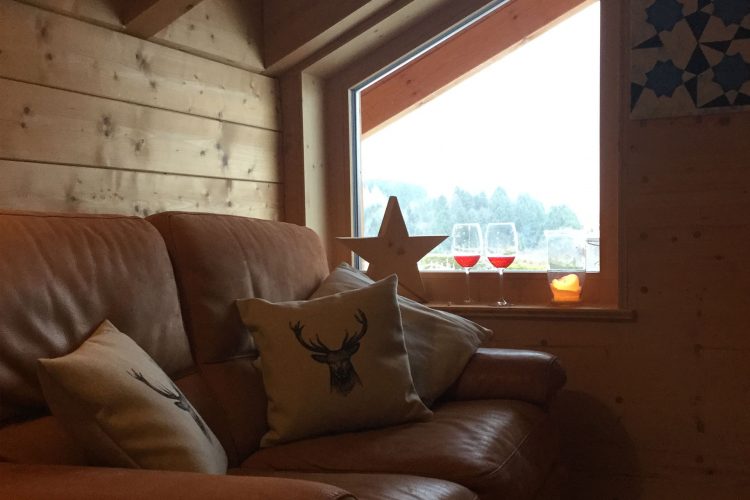
 RSS Feed
RSS Feed


